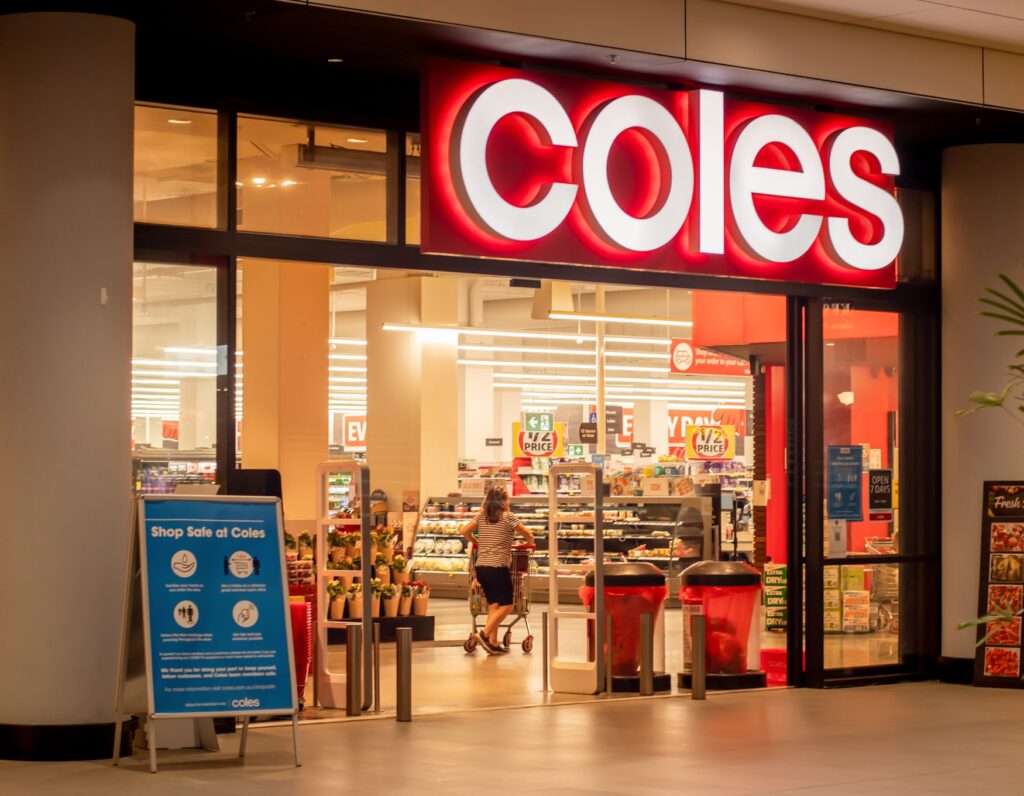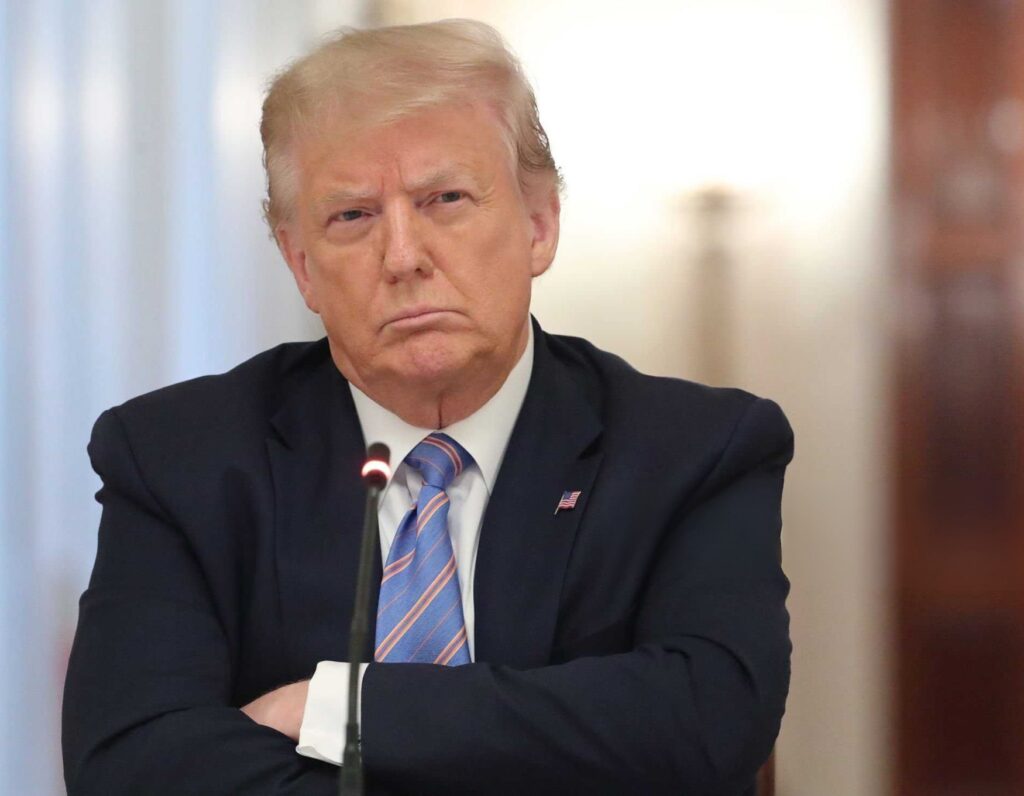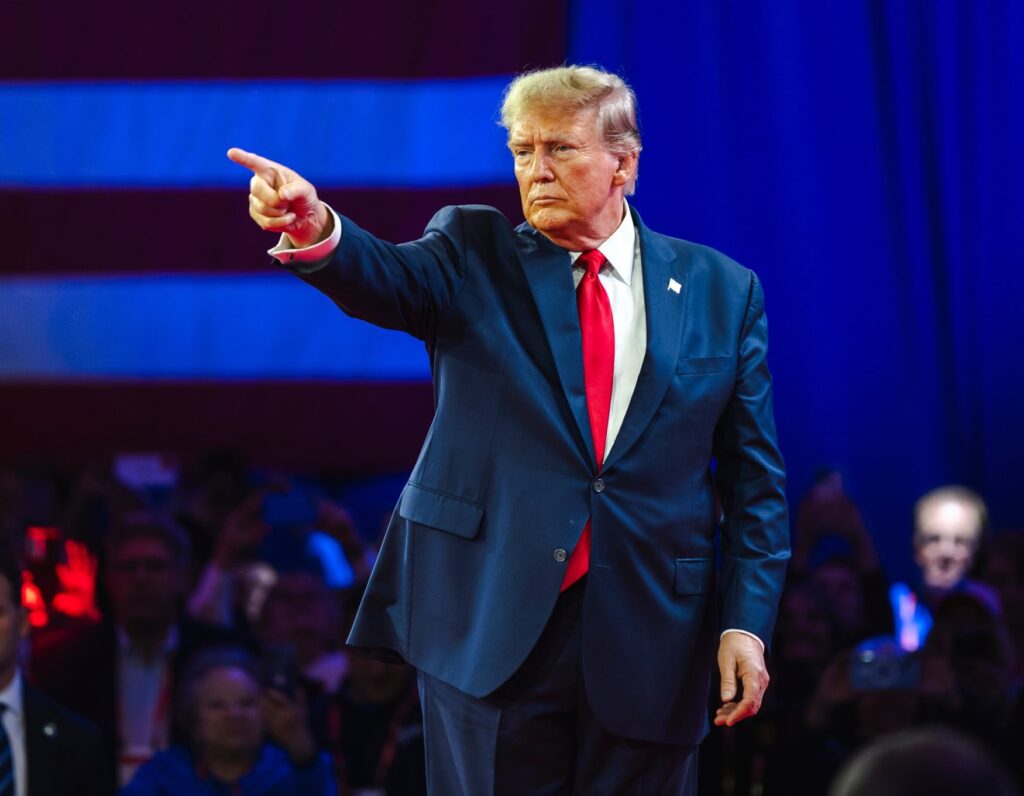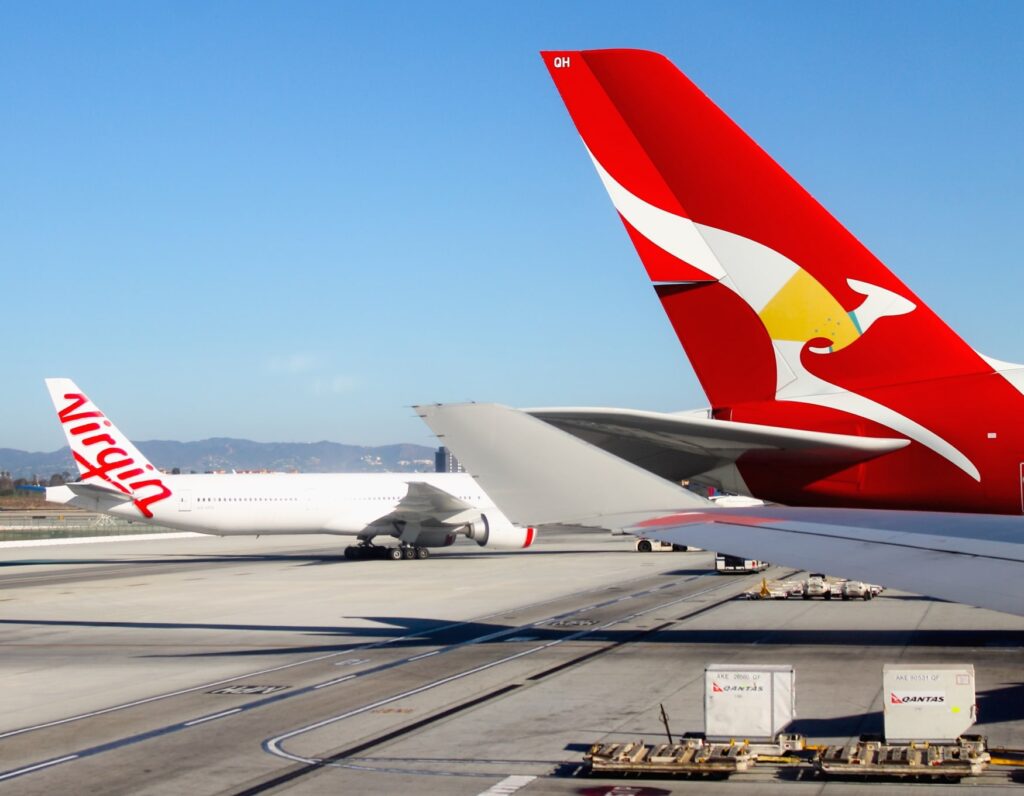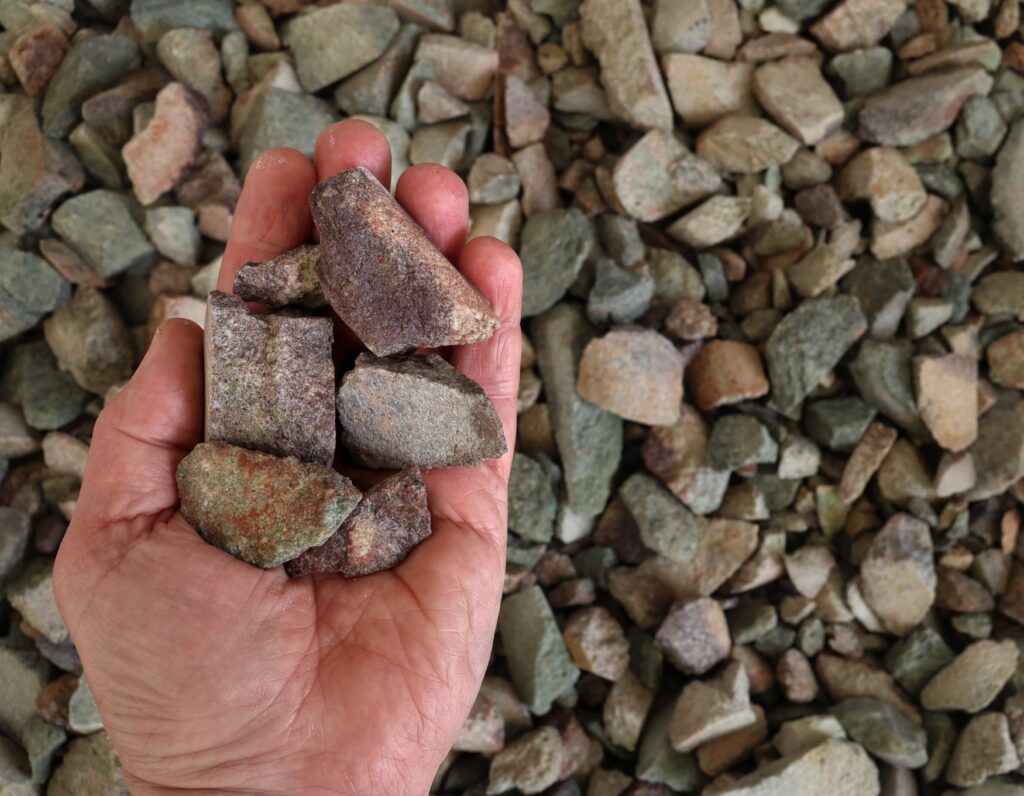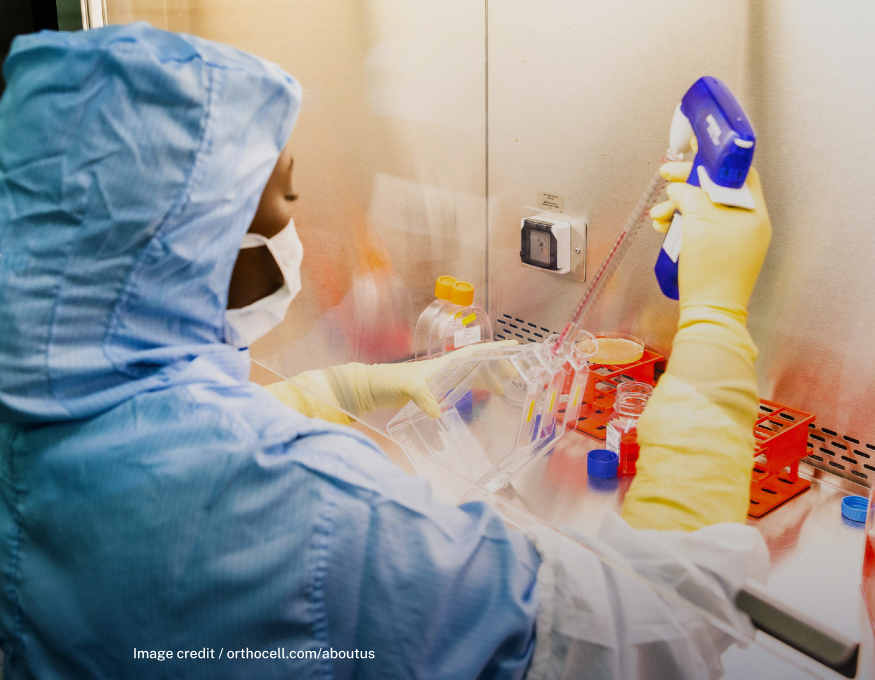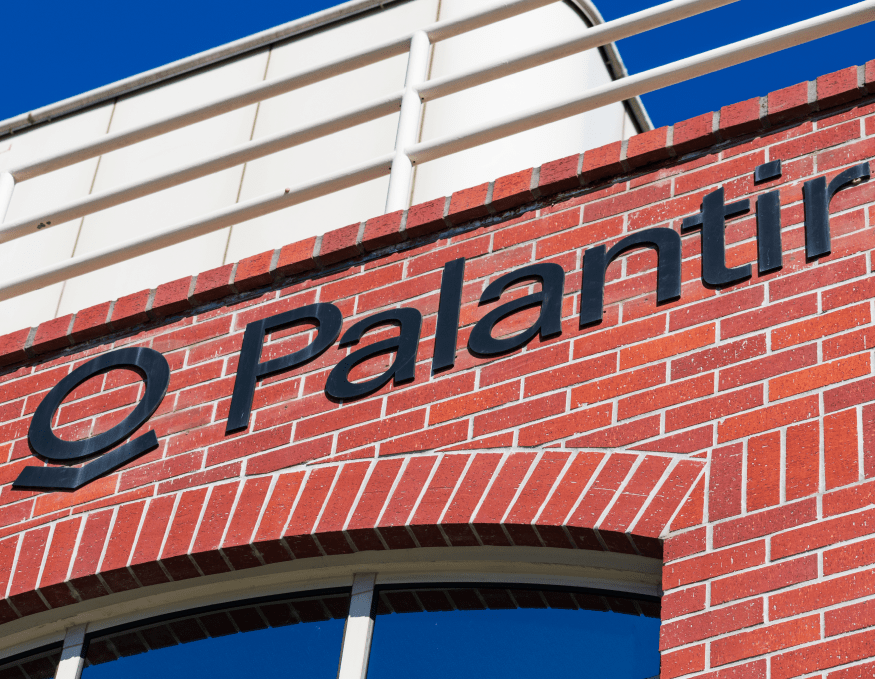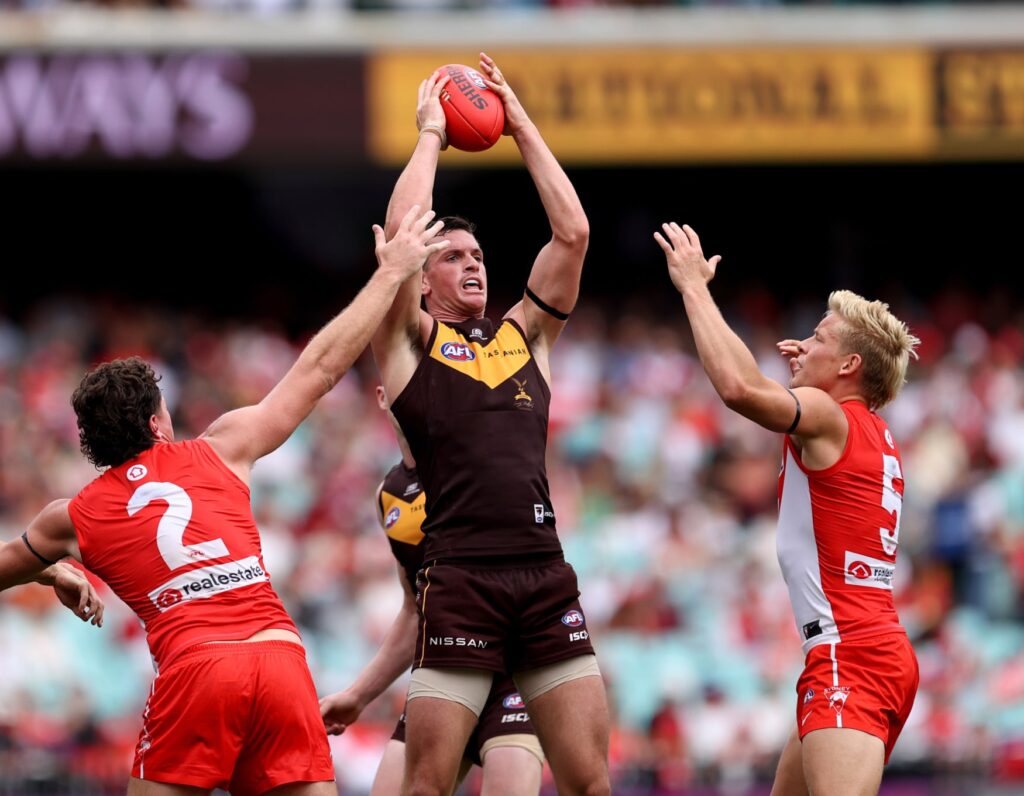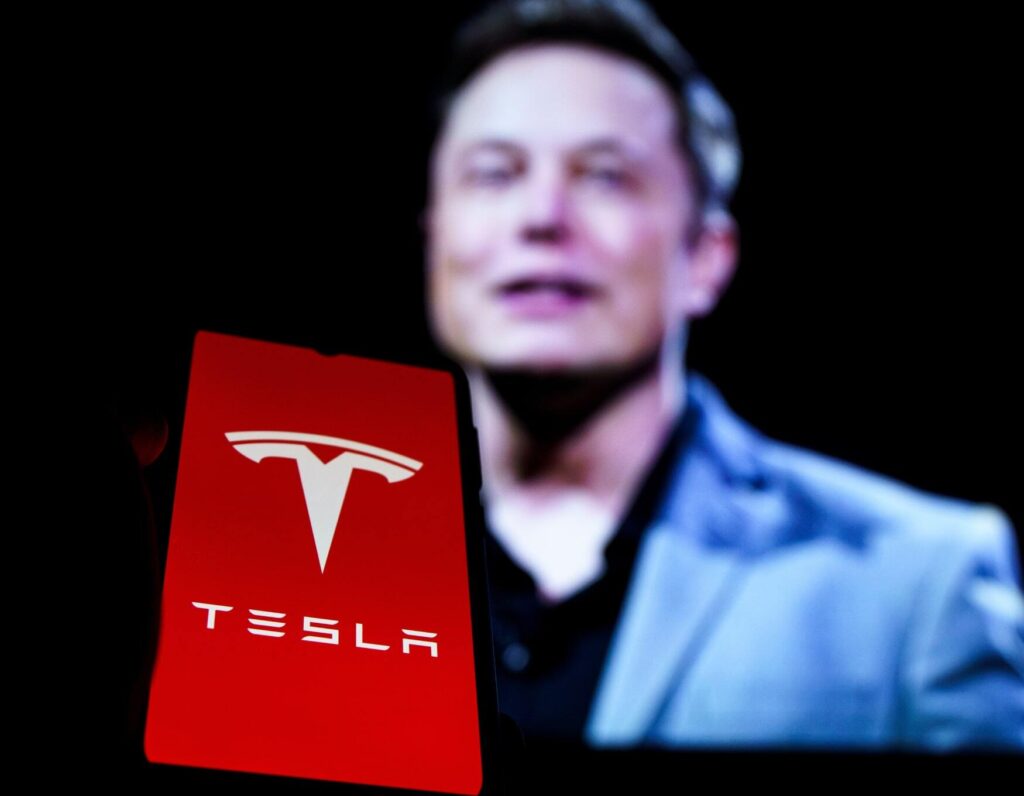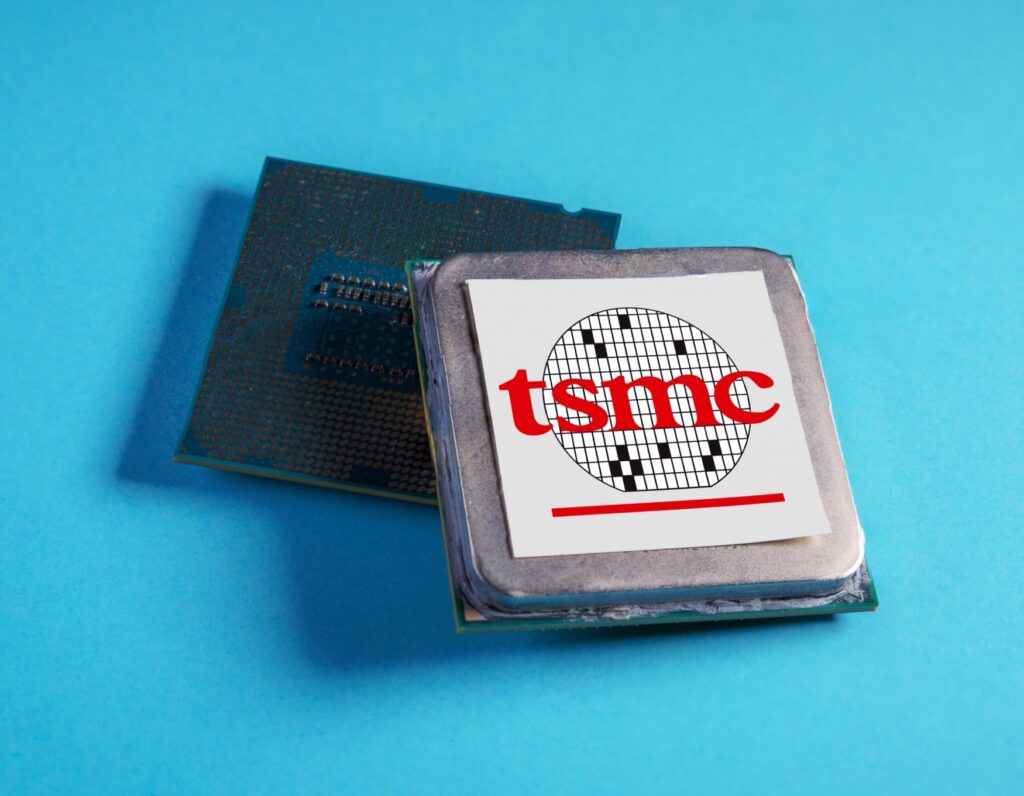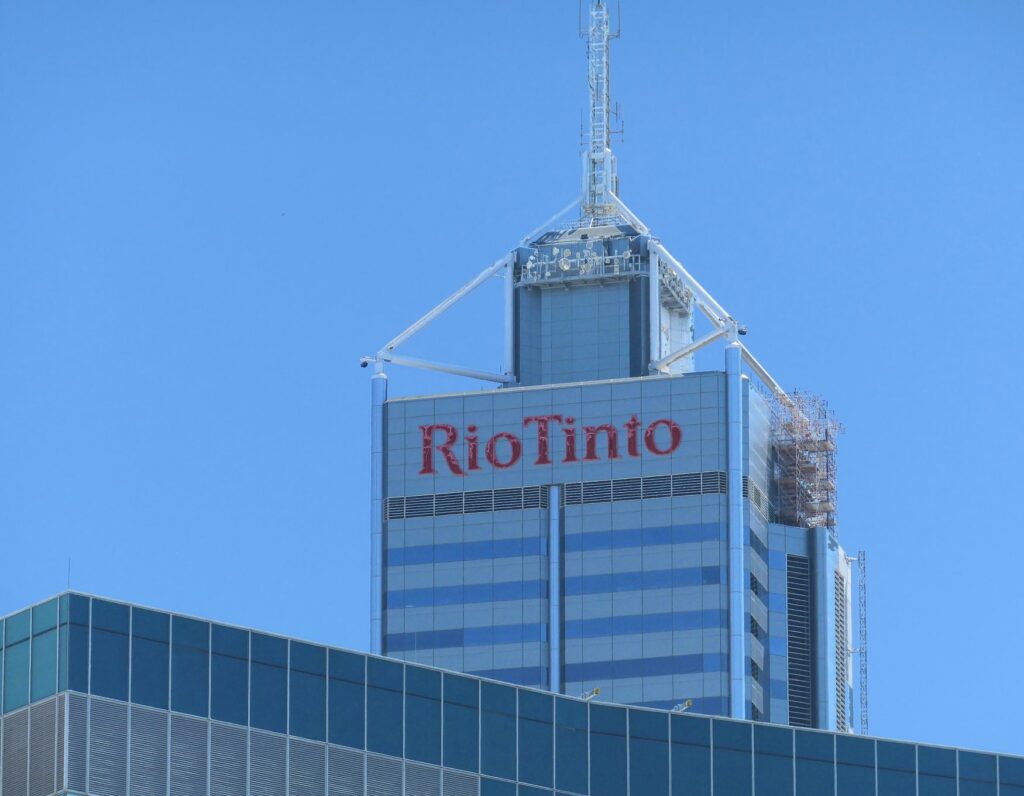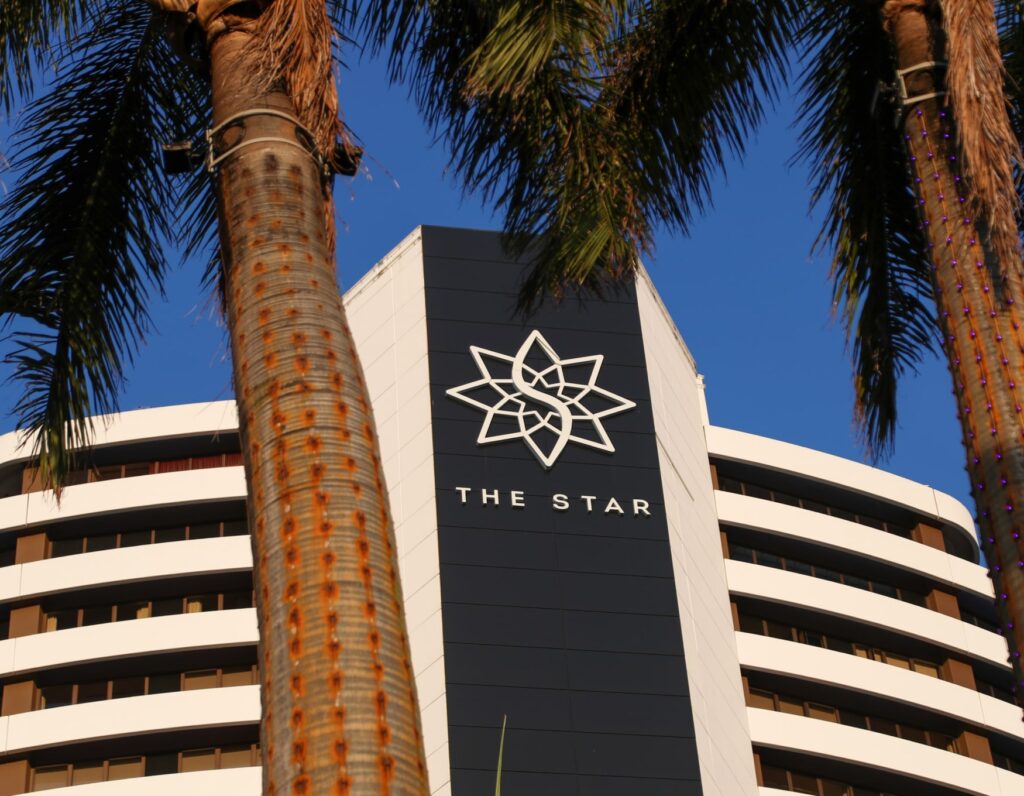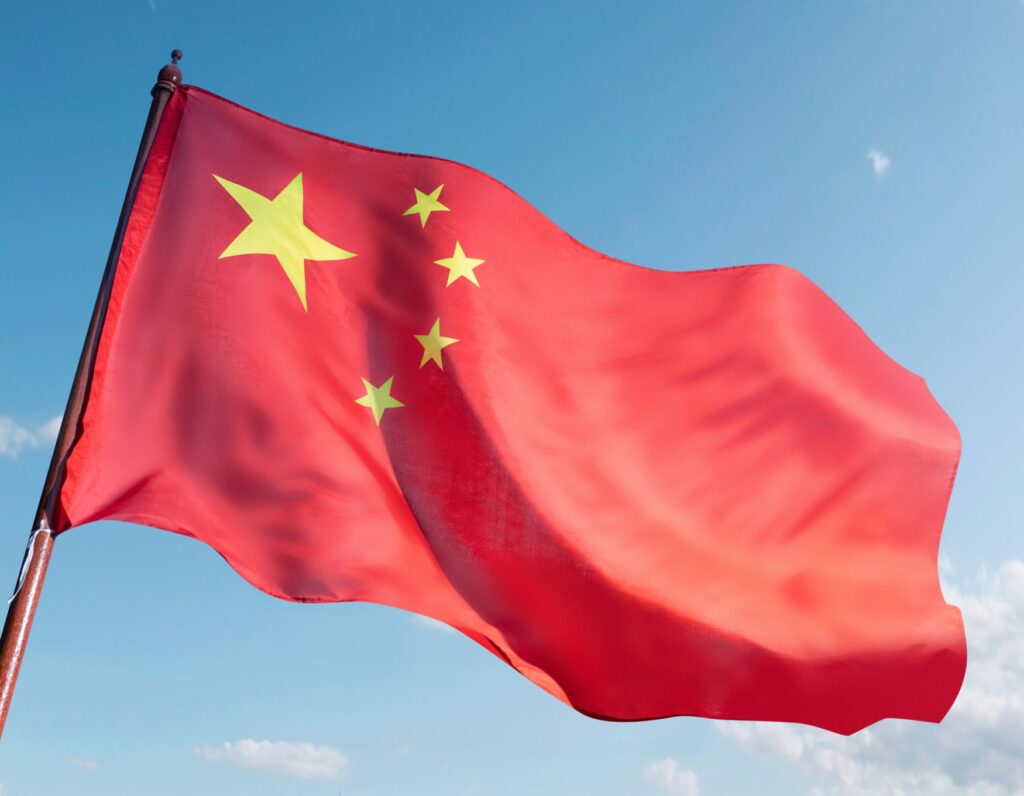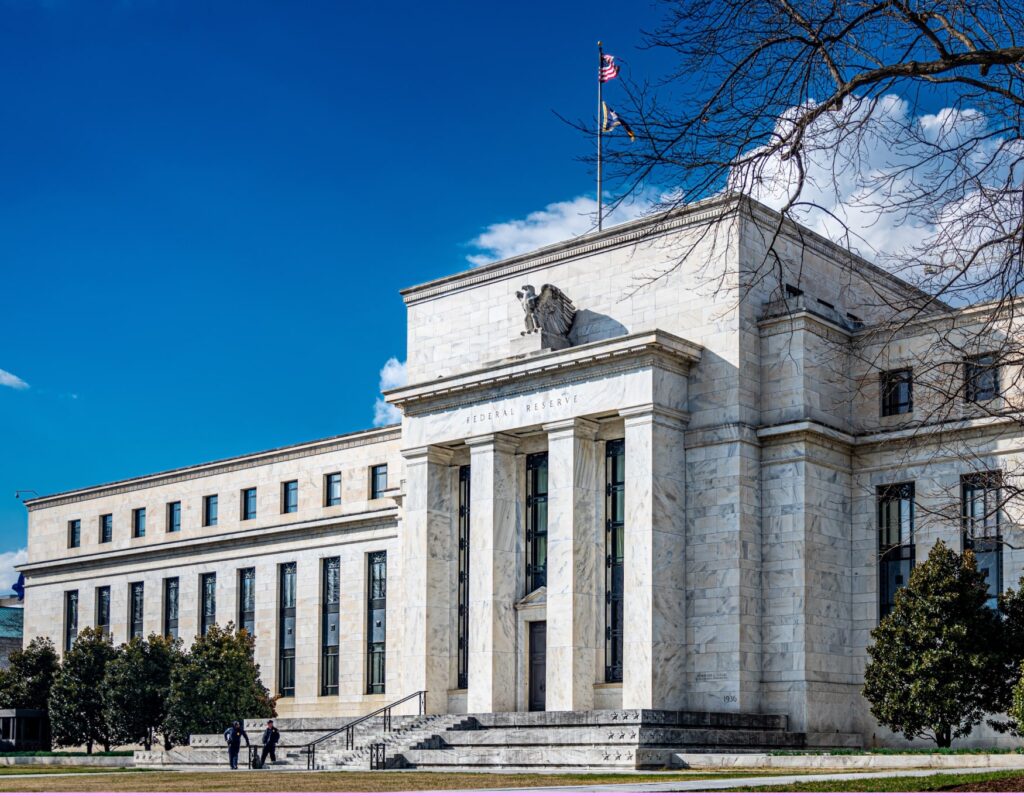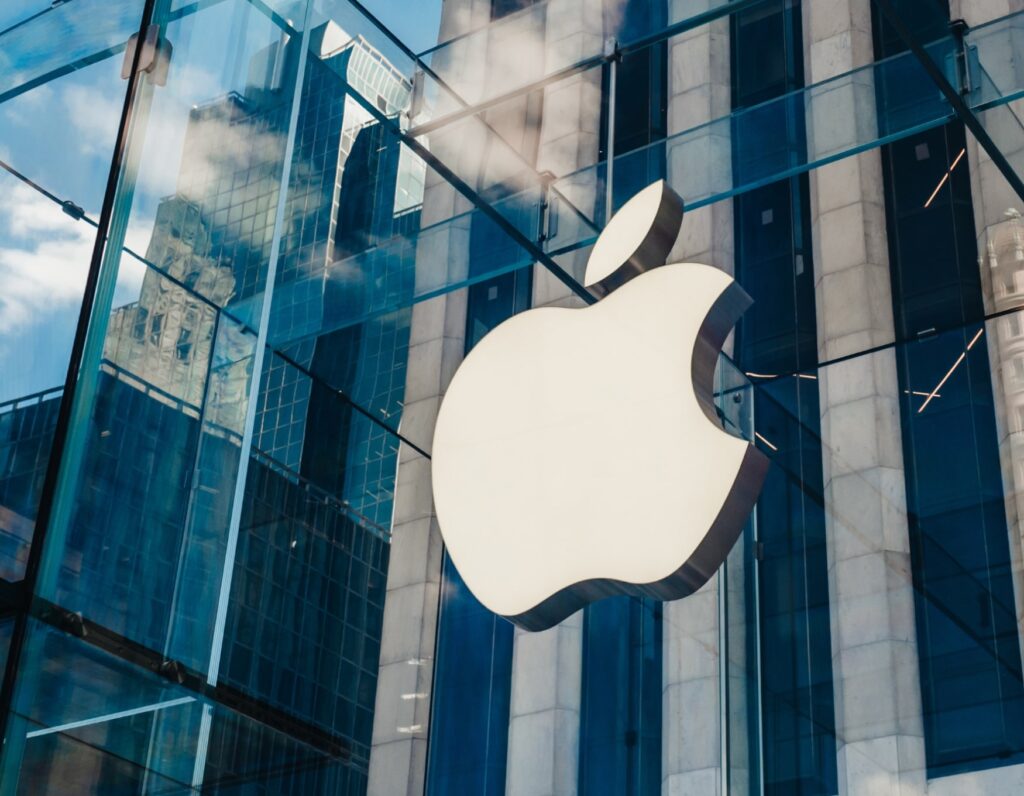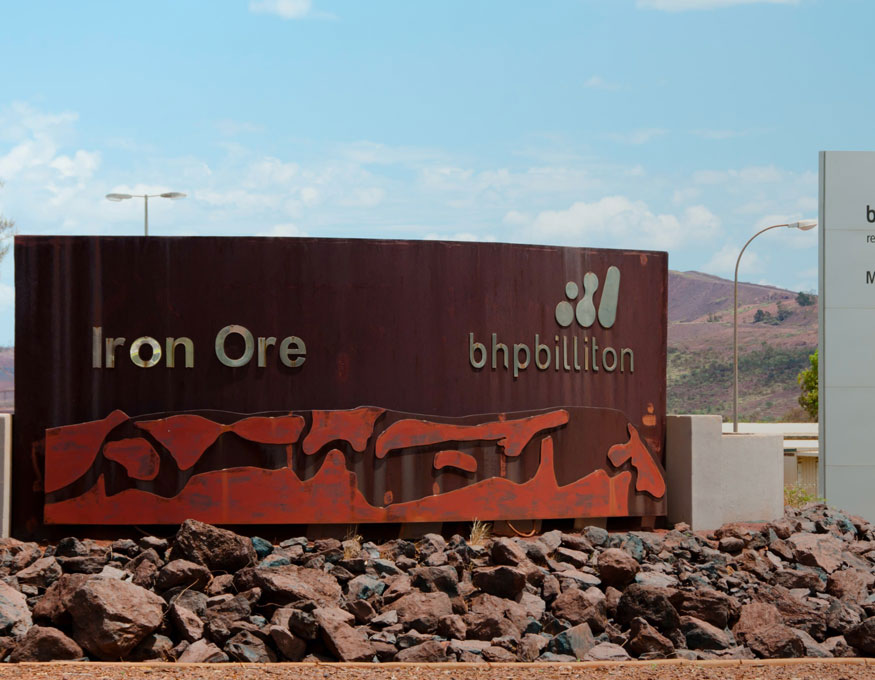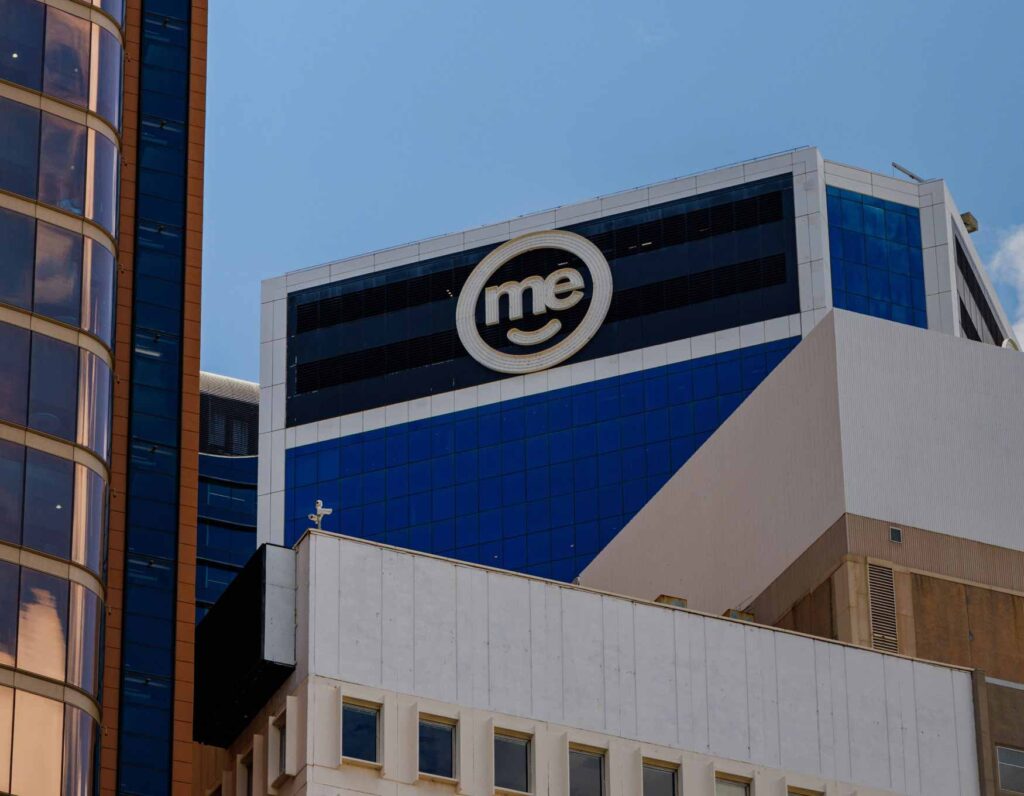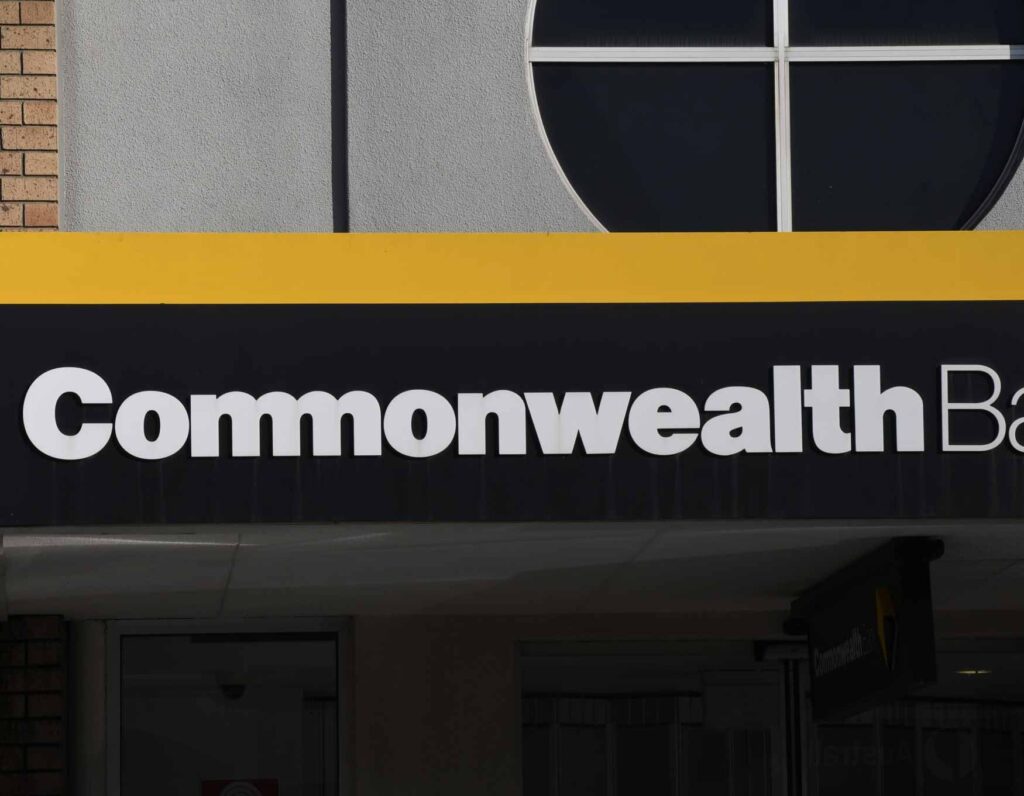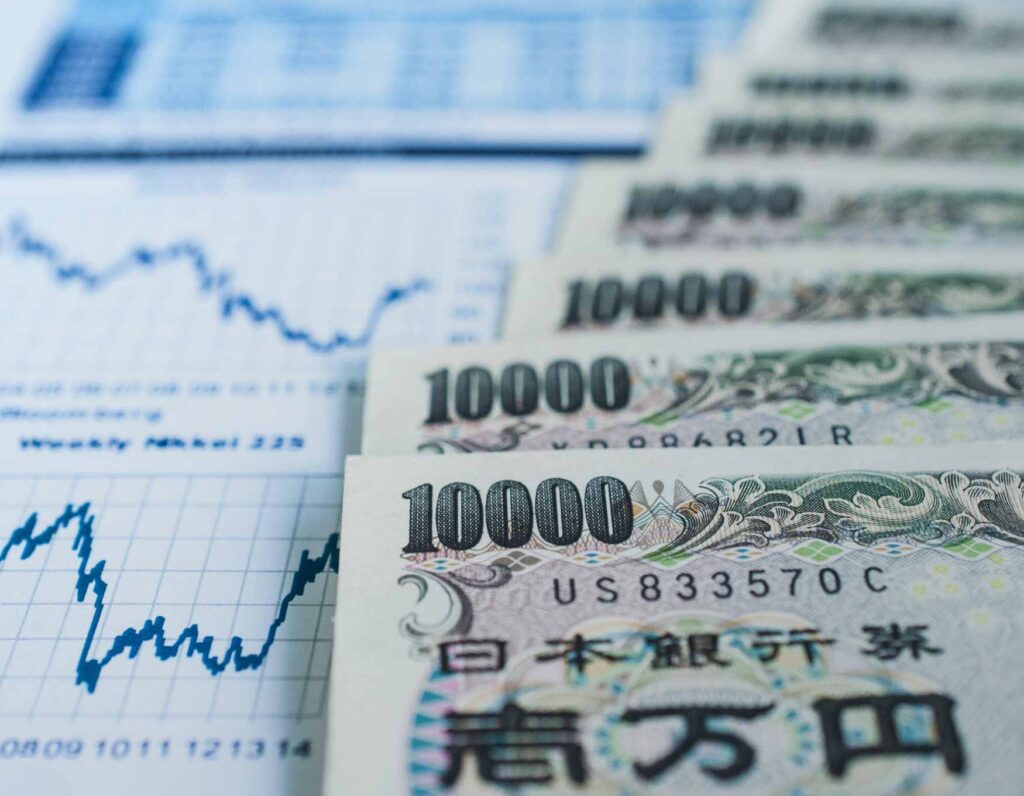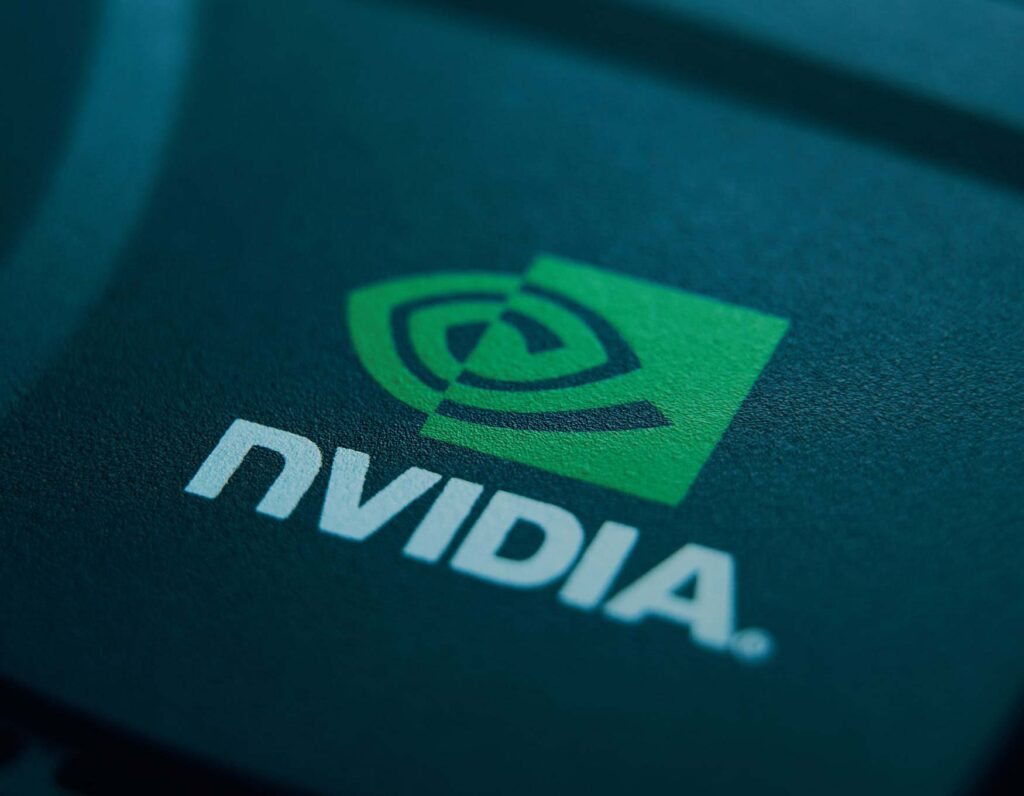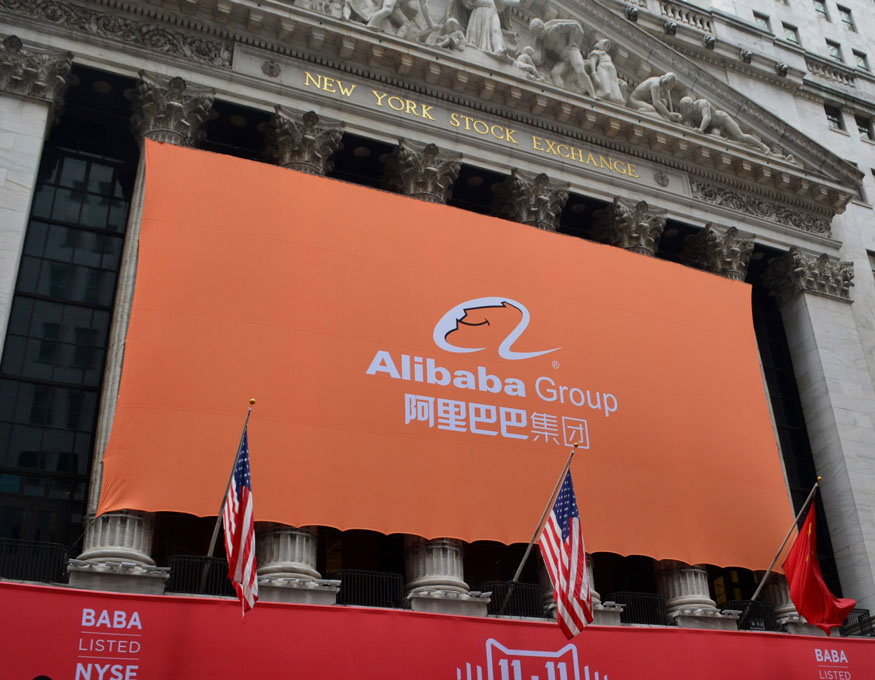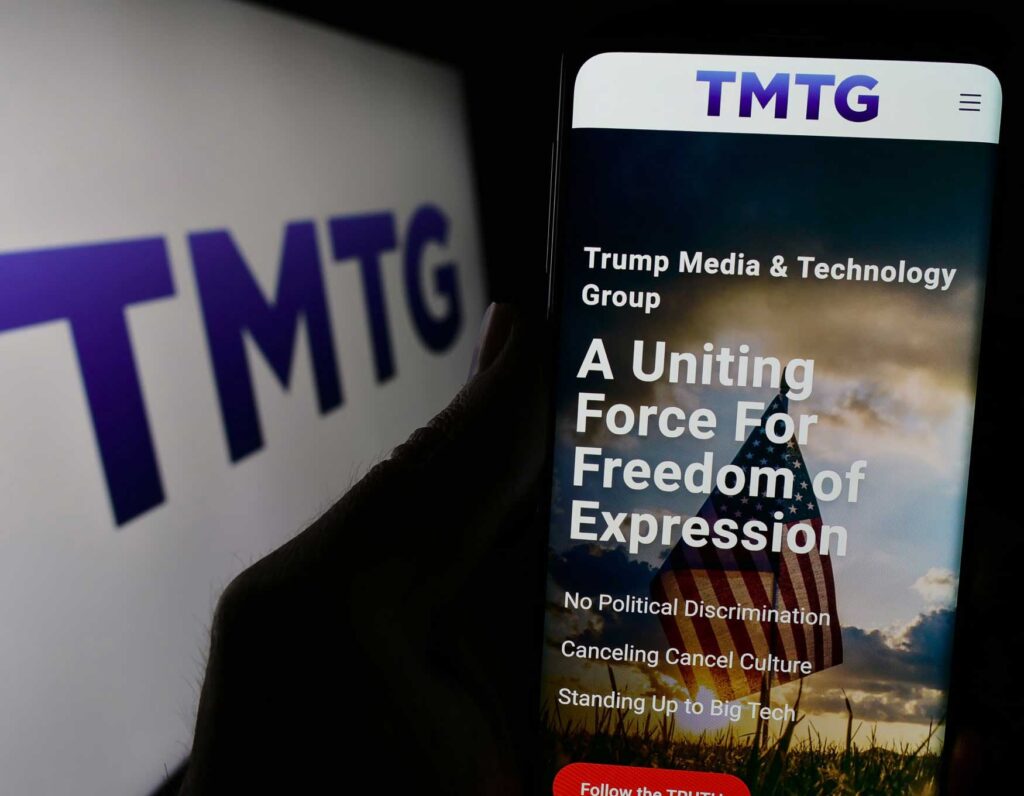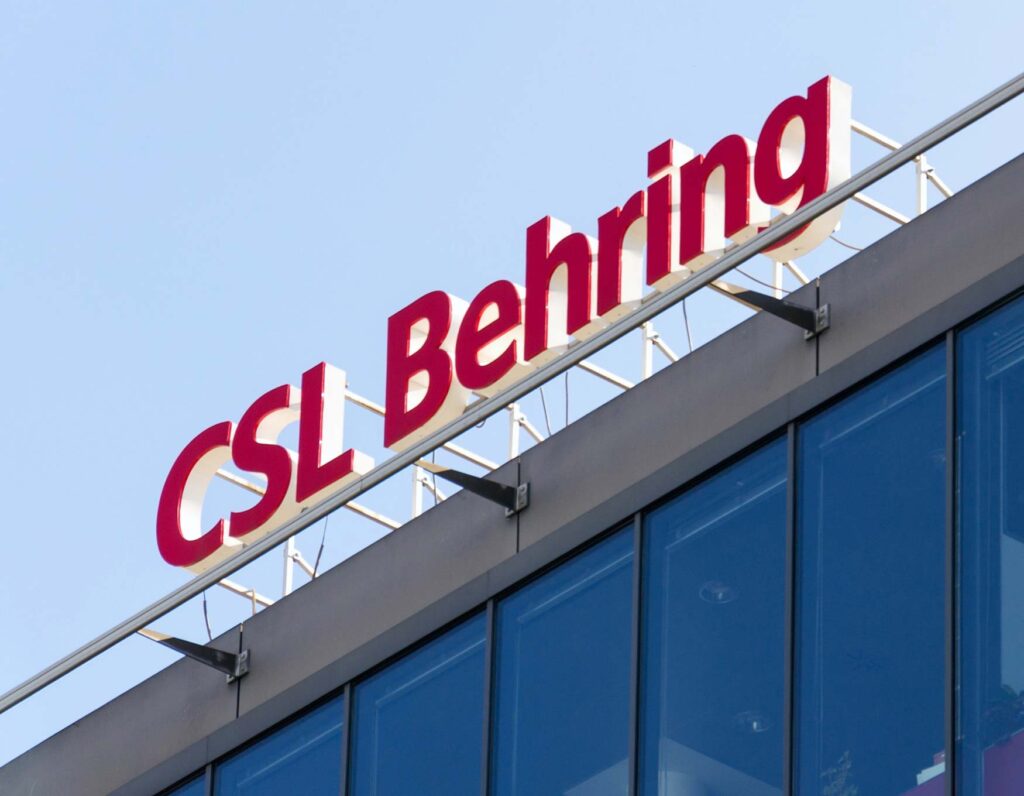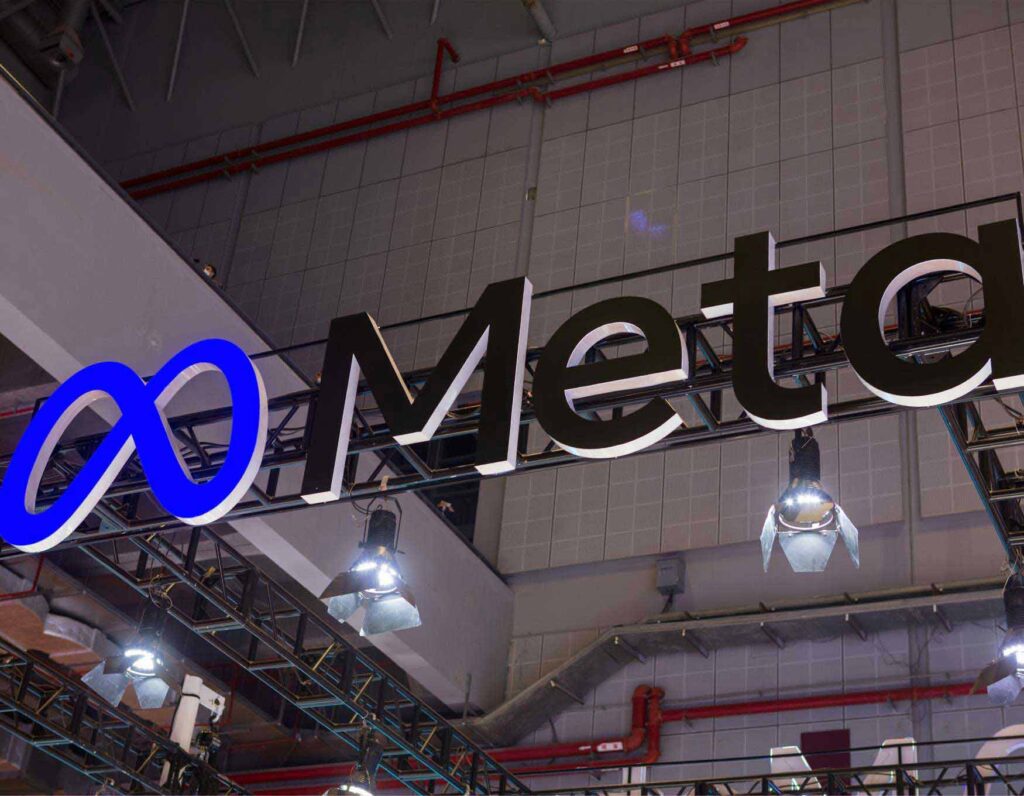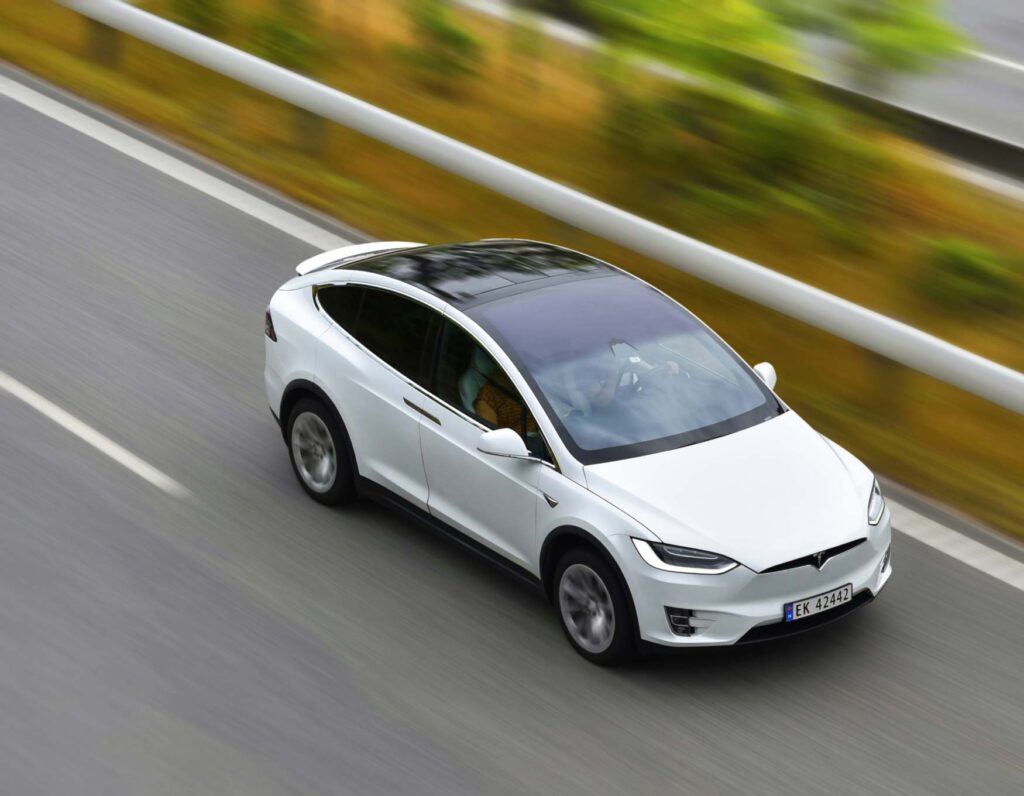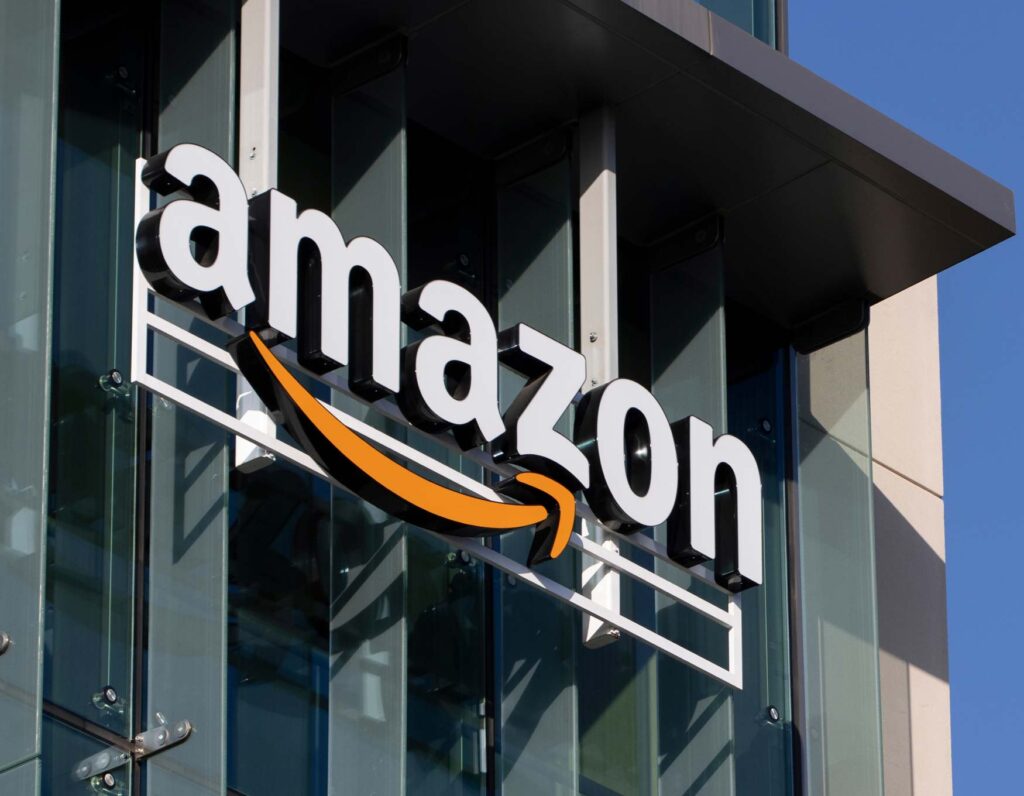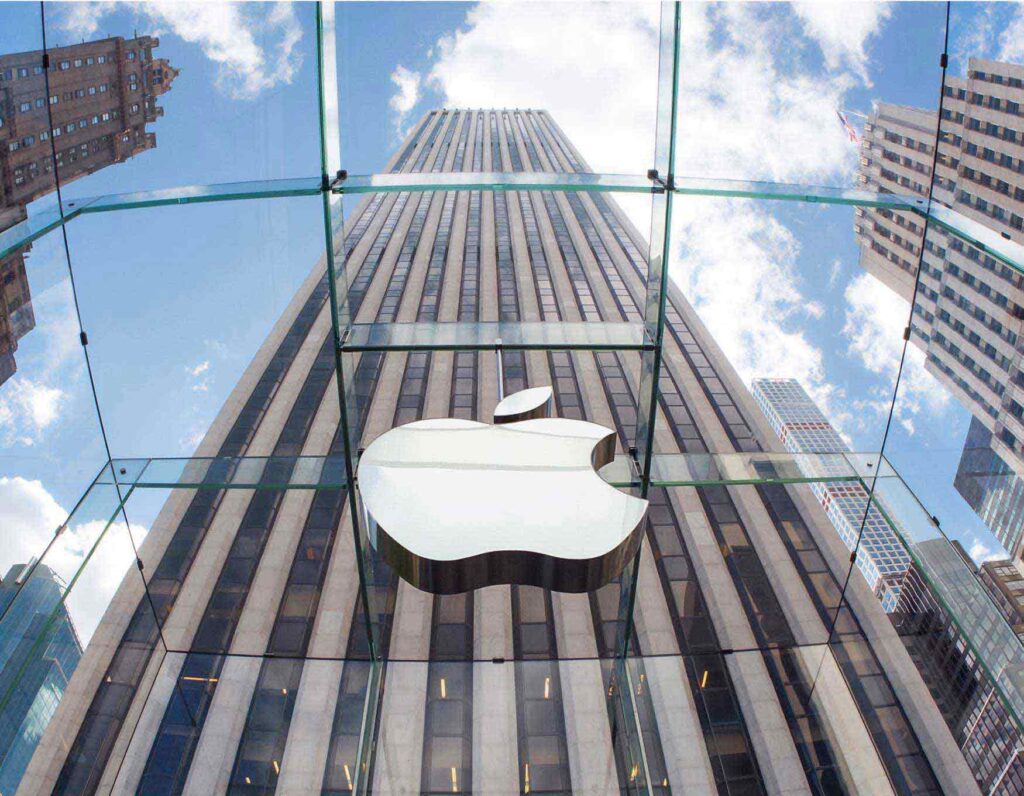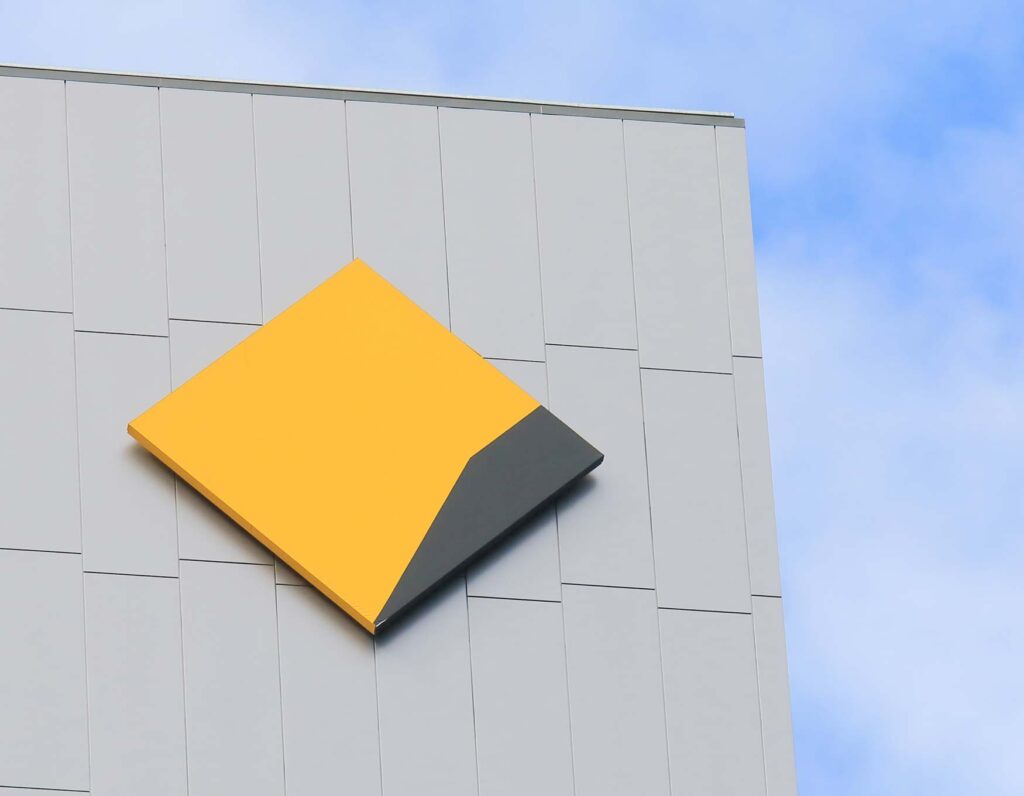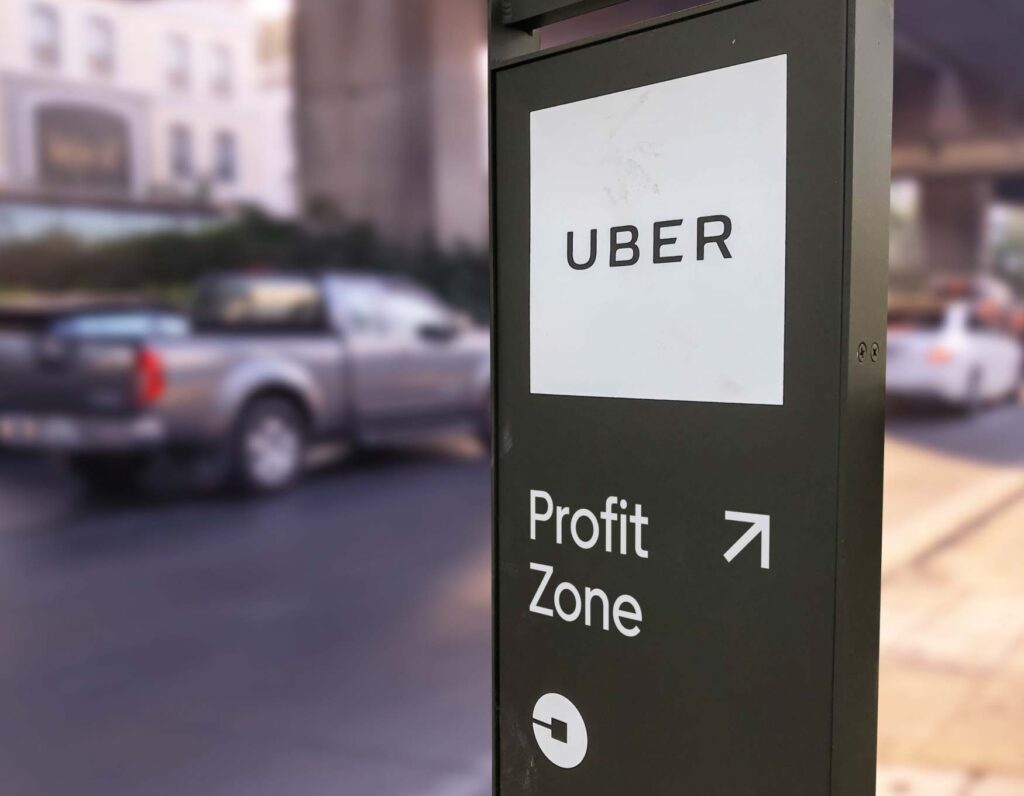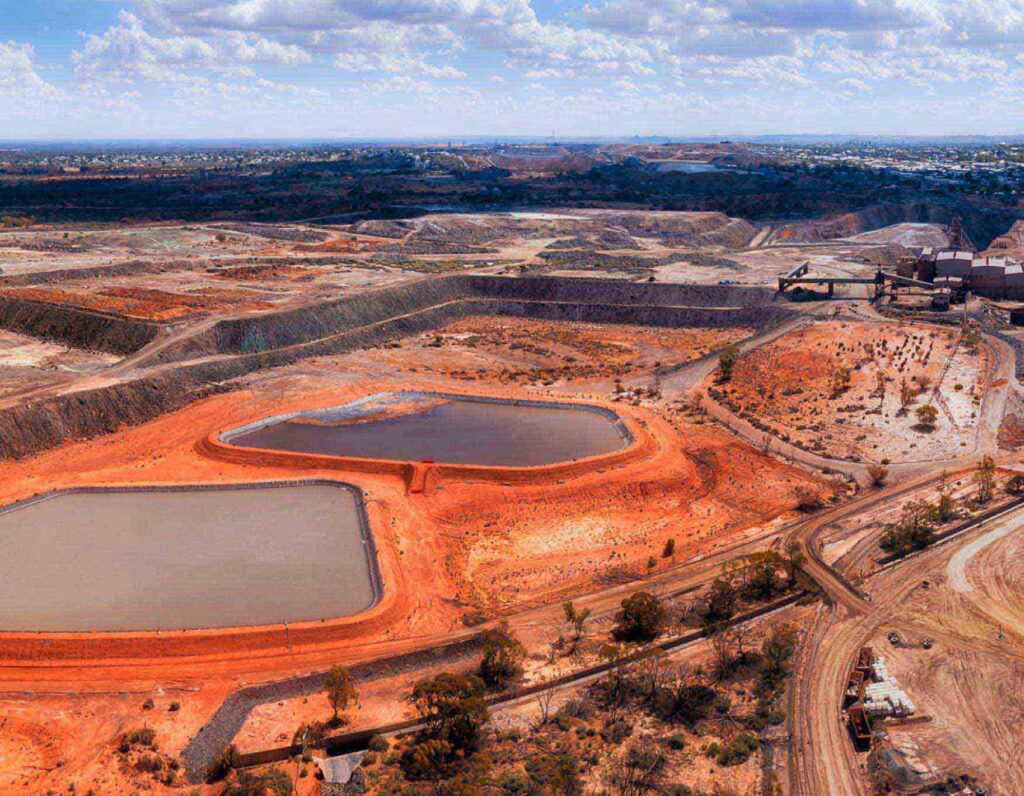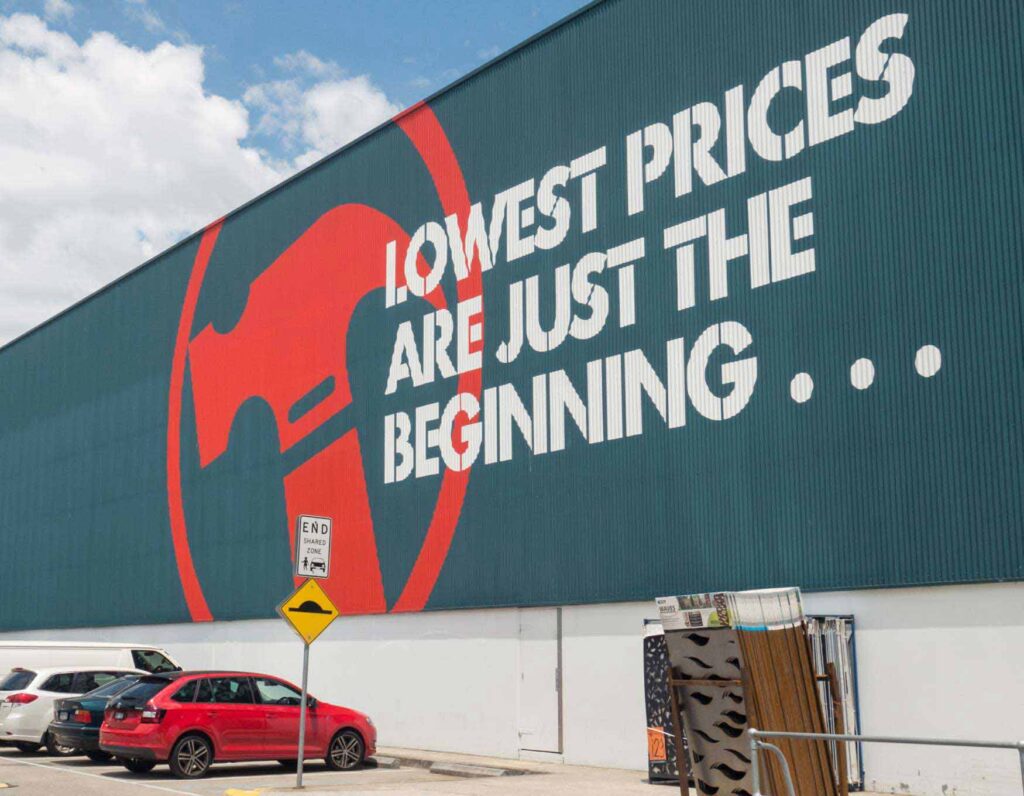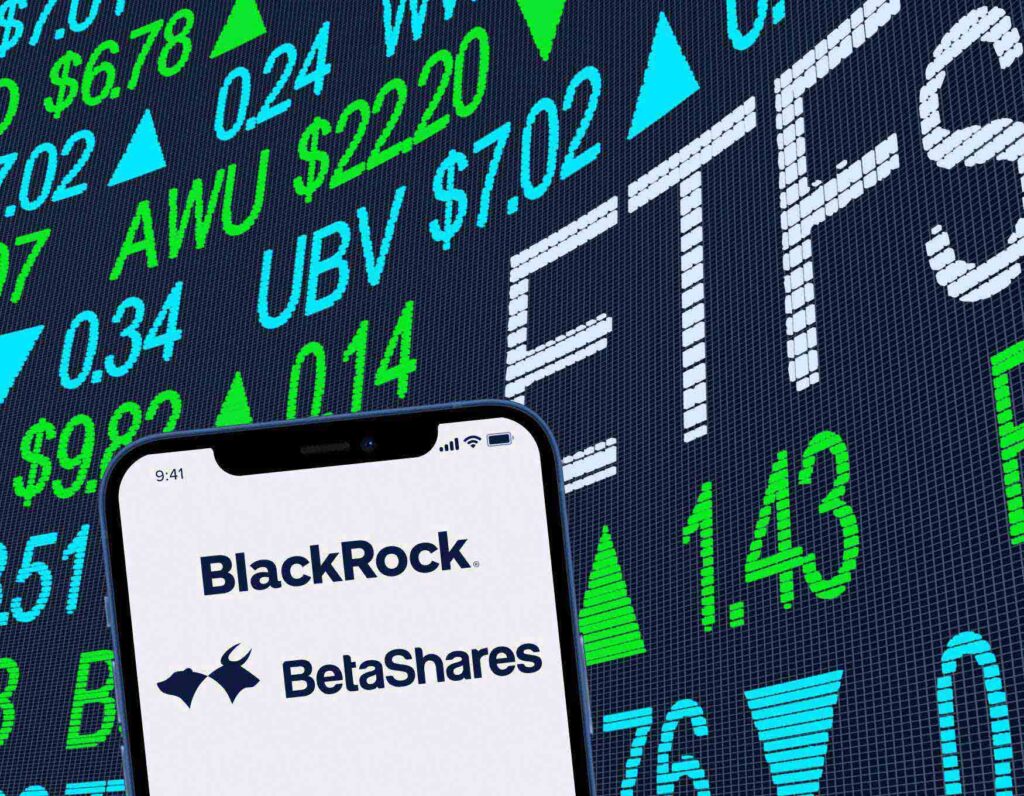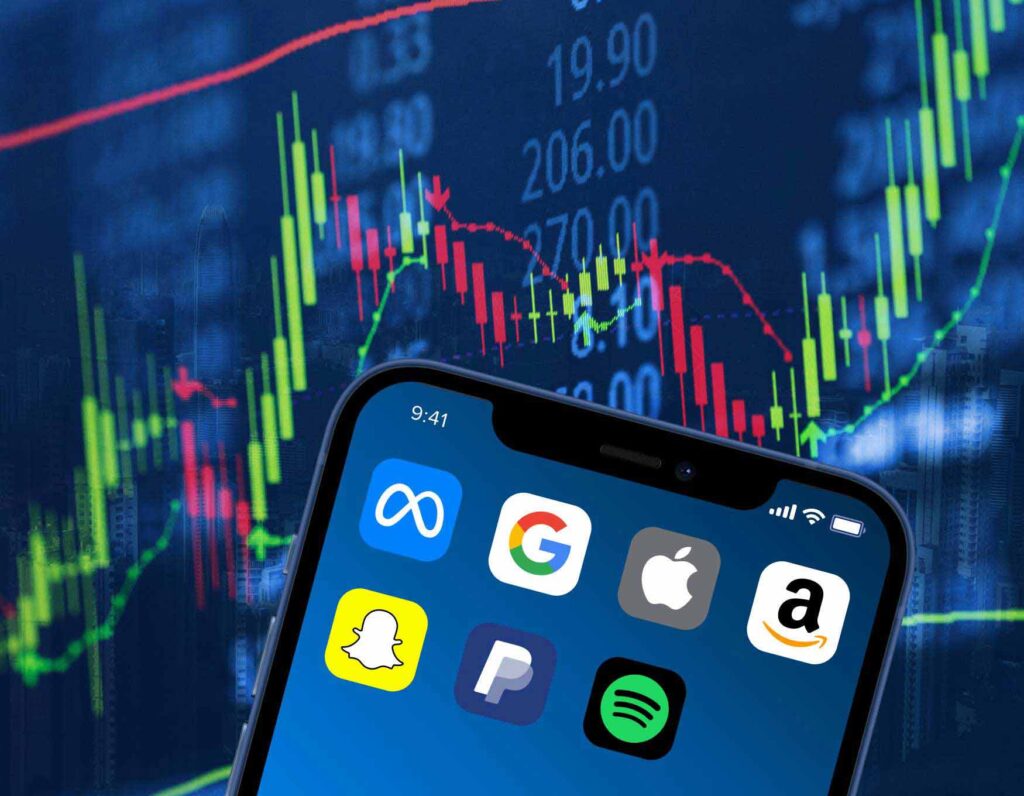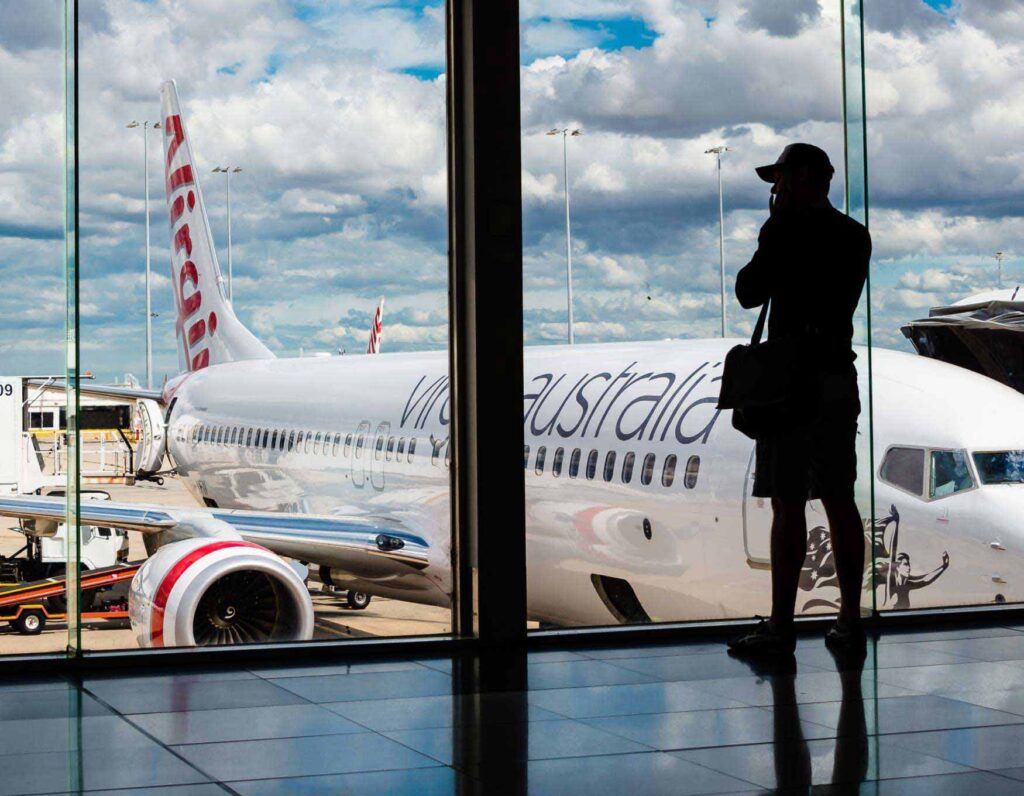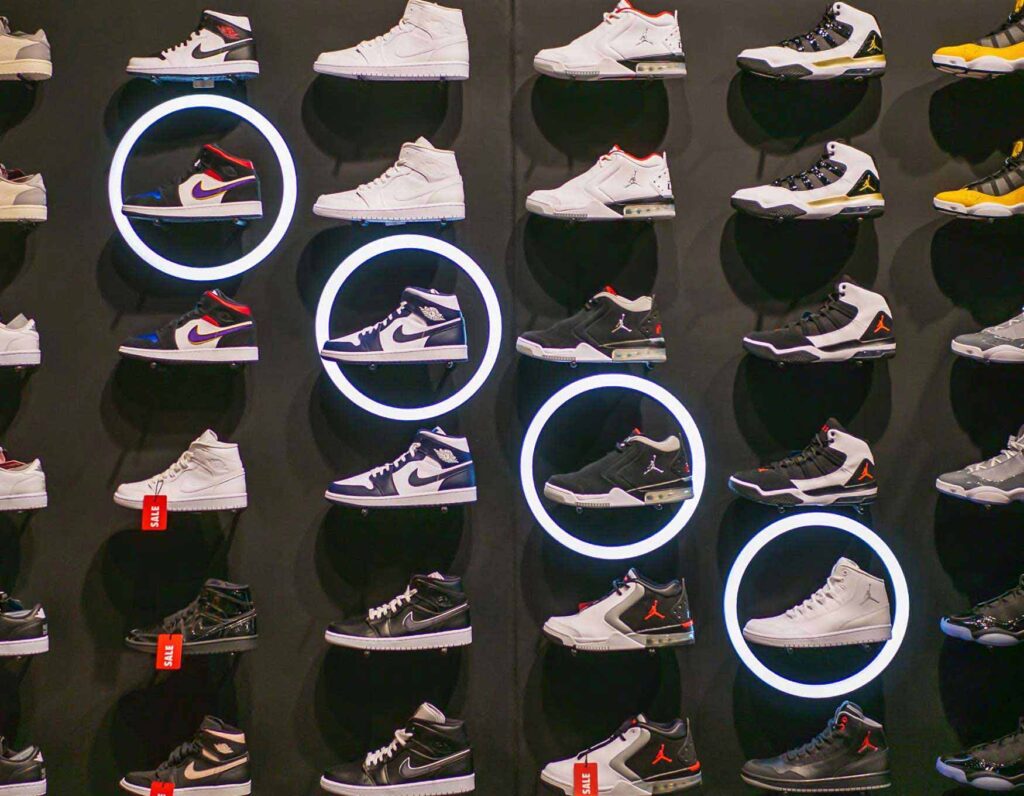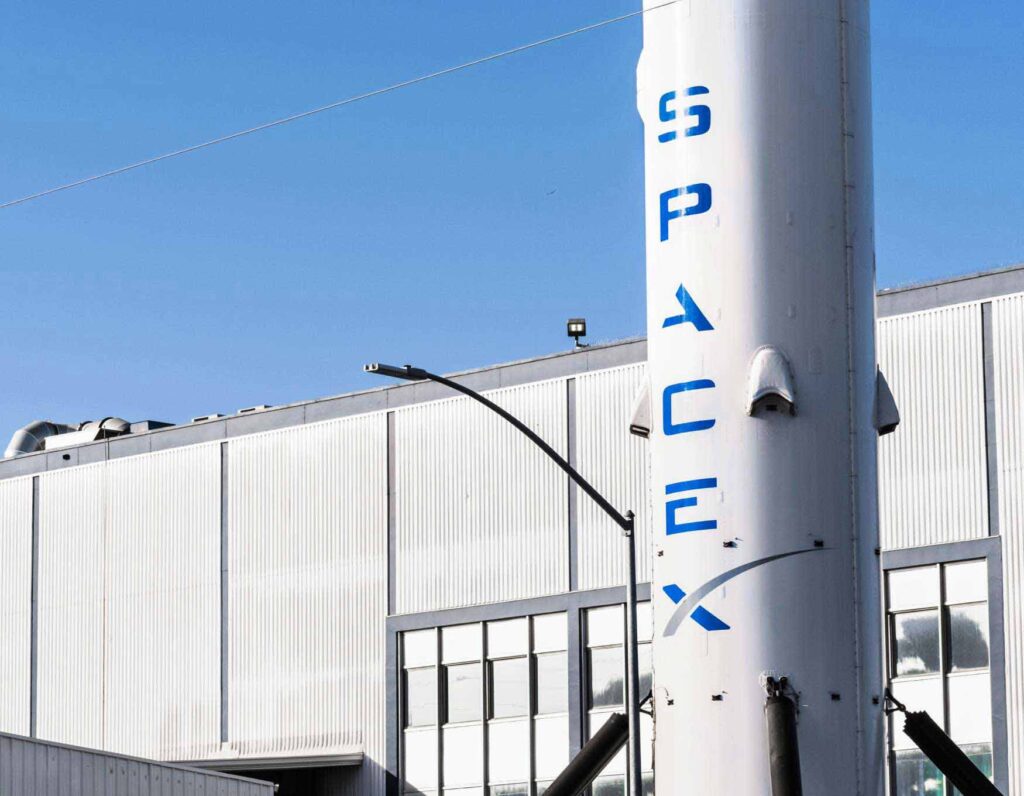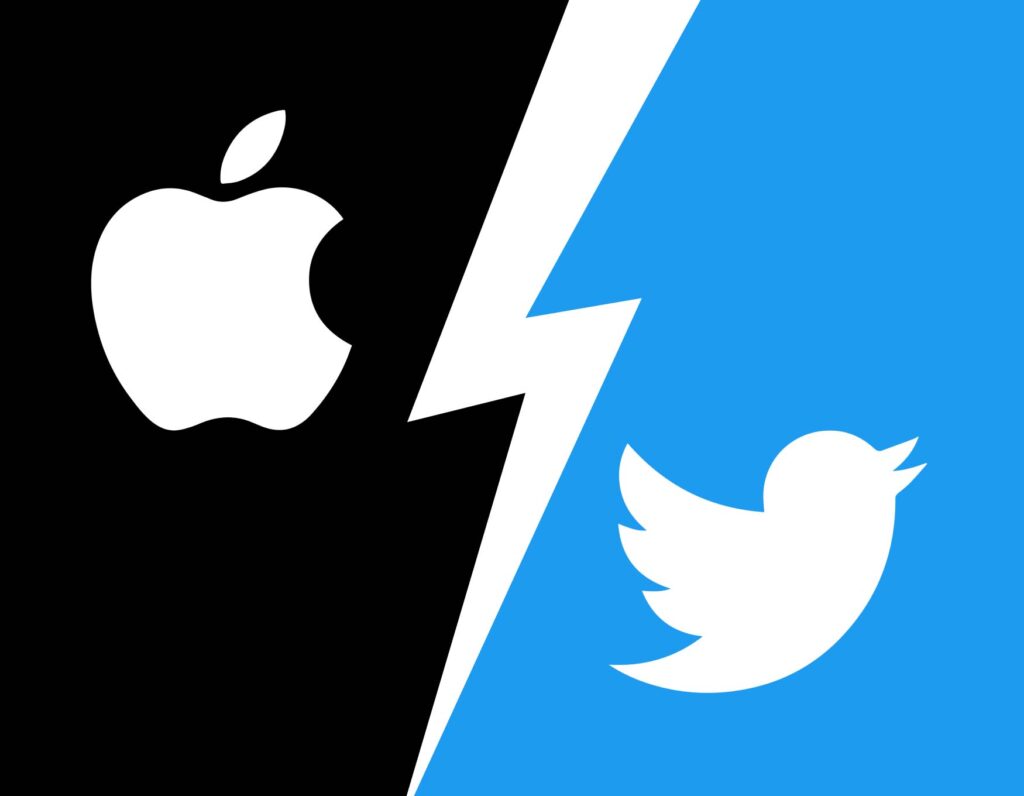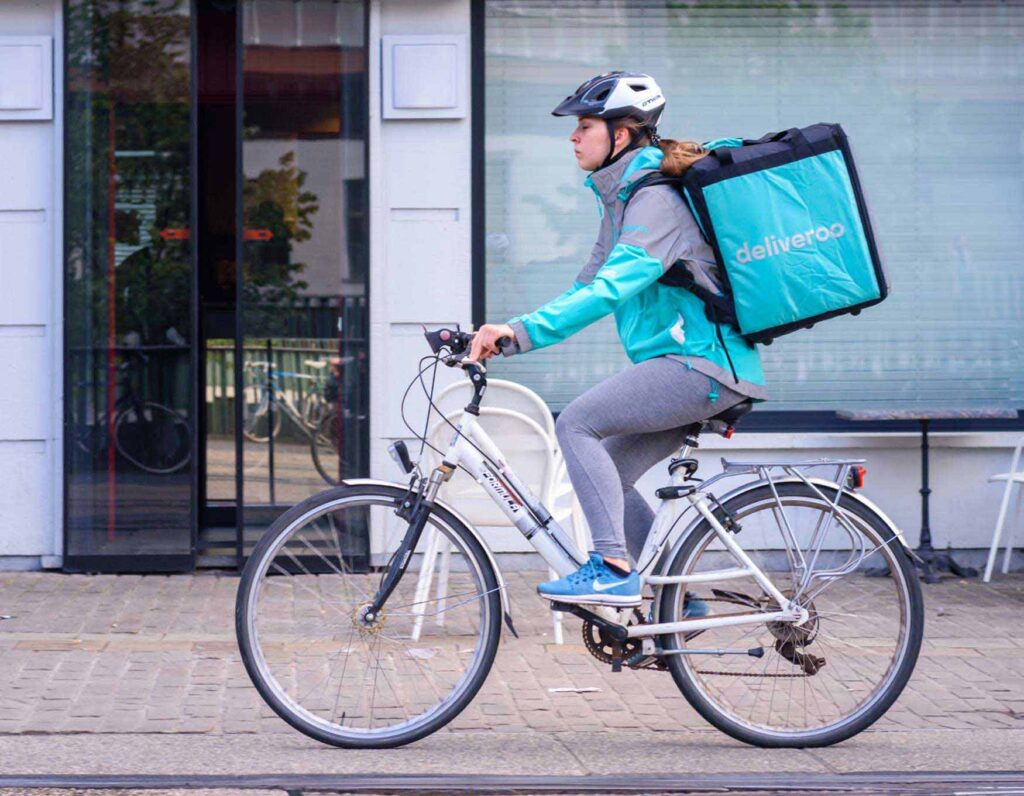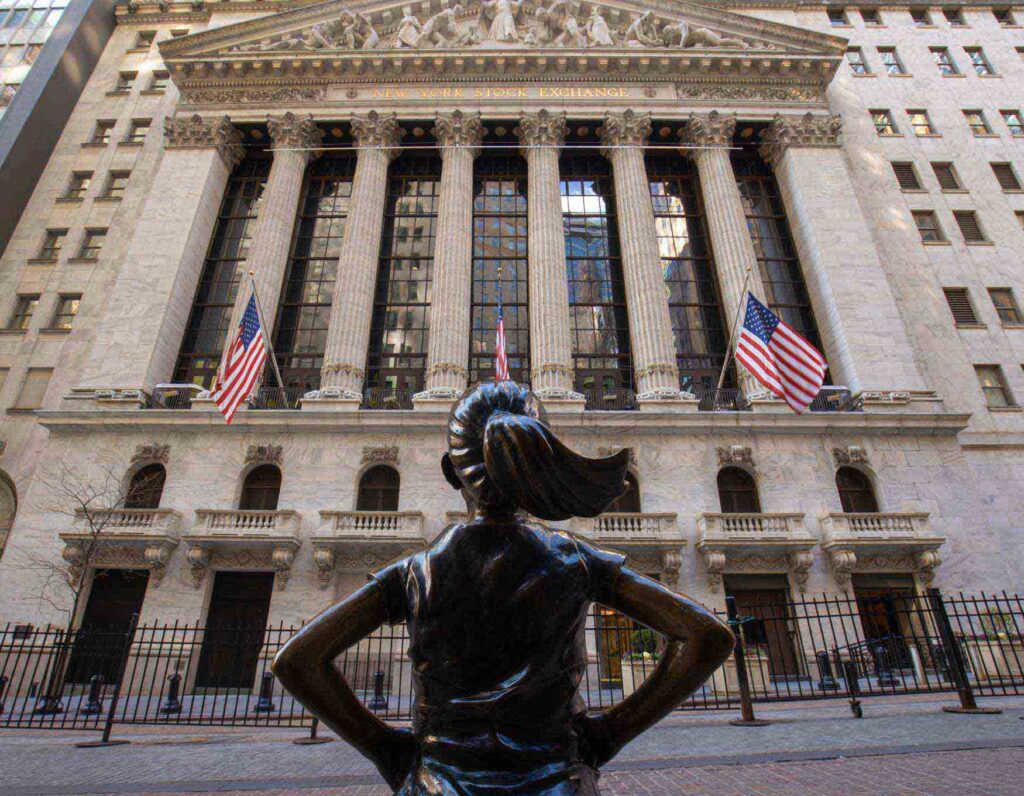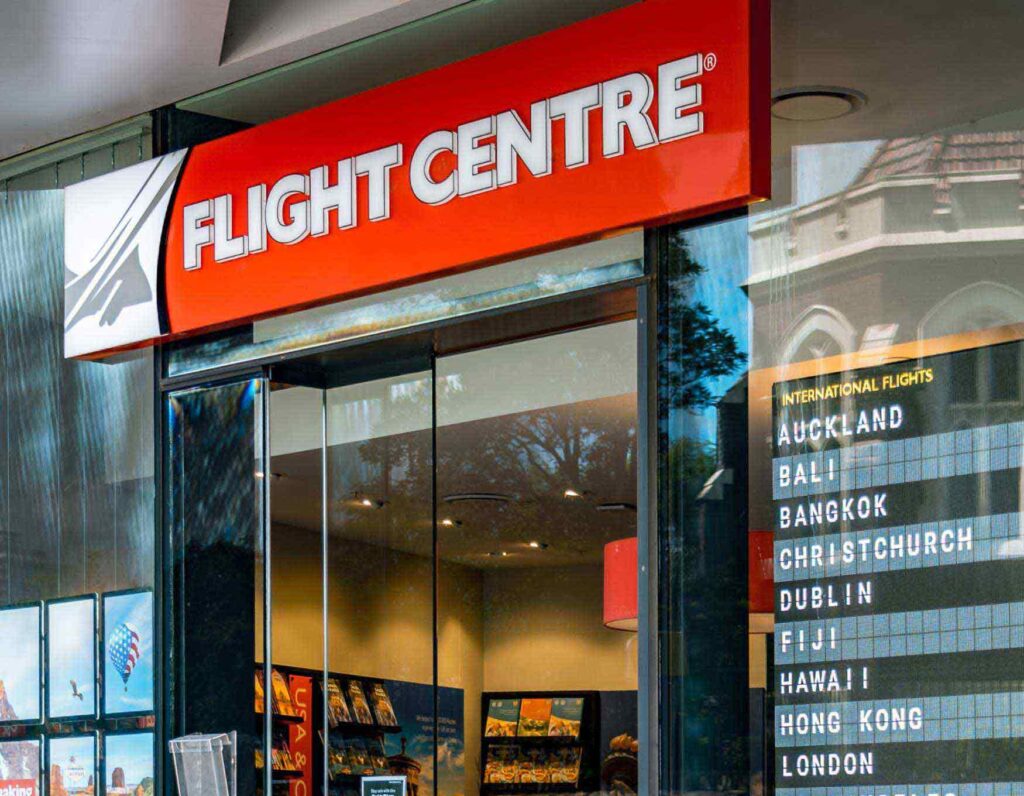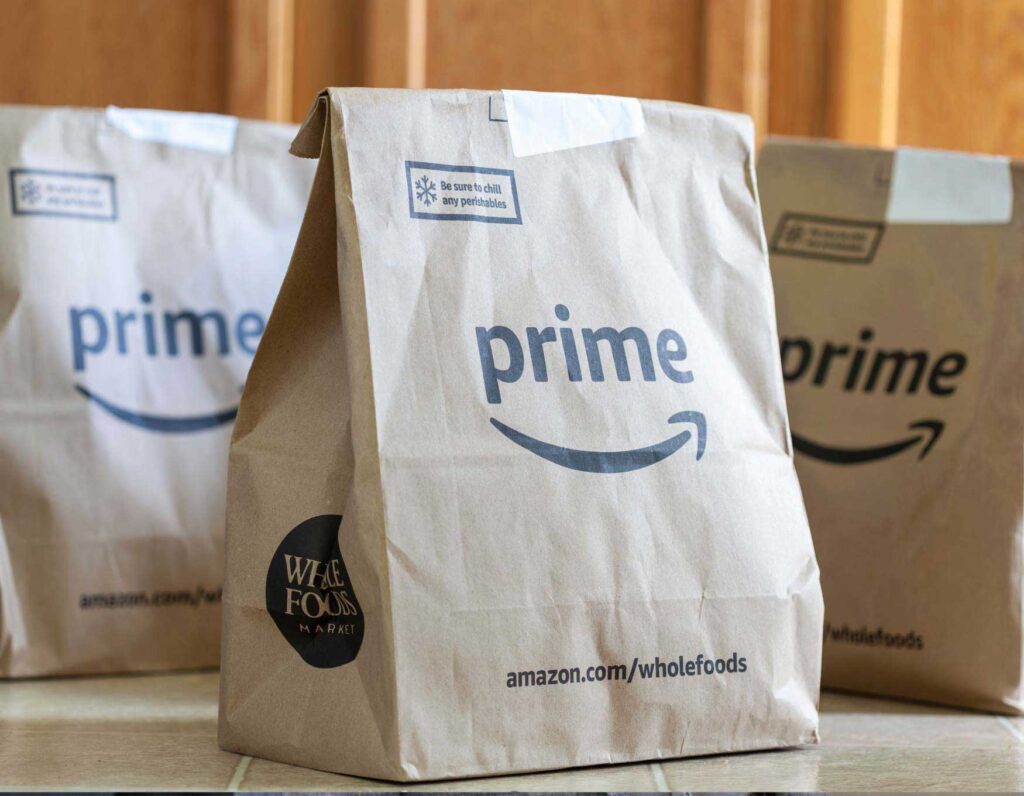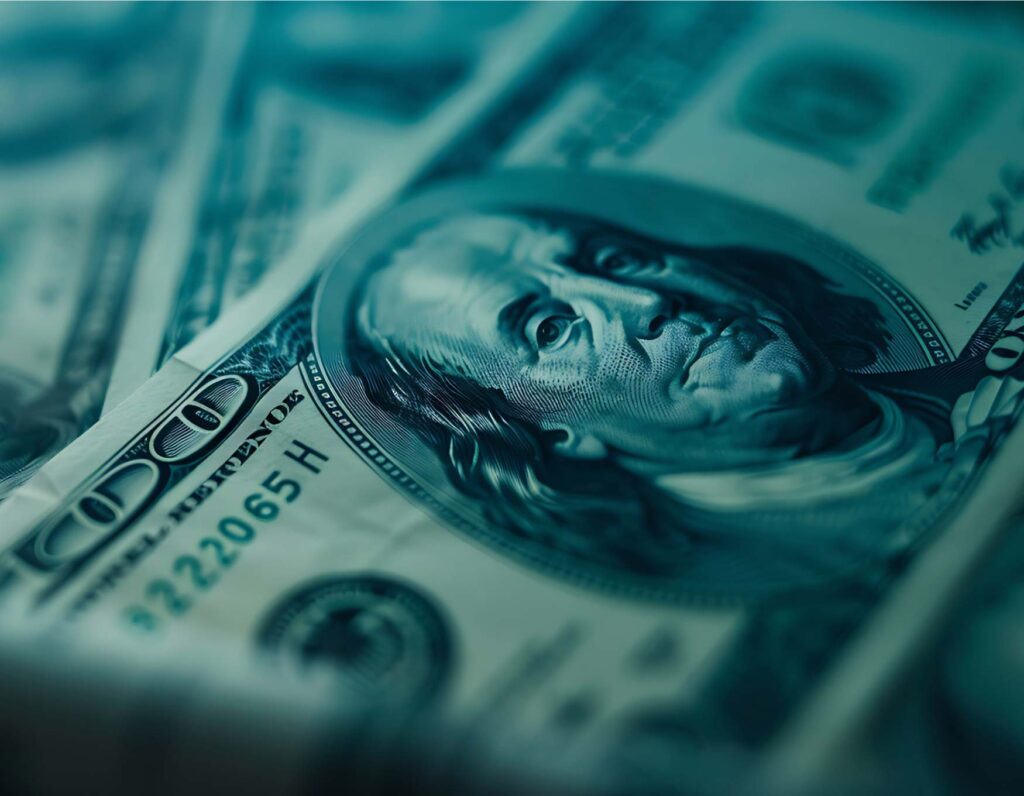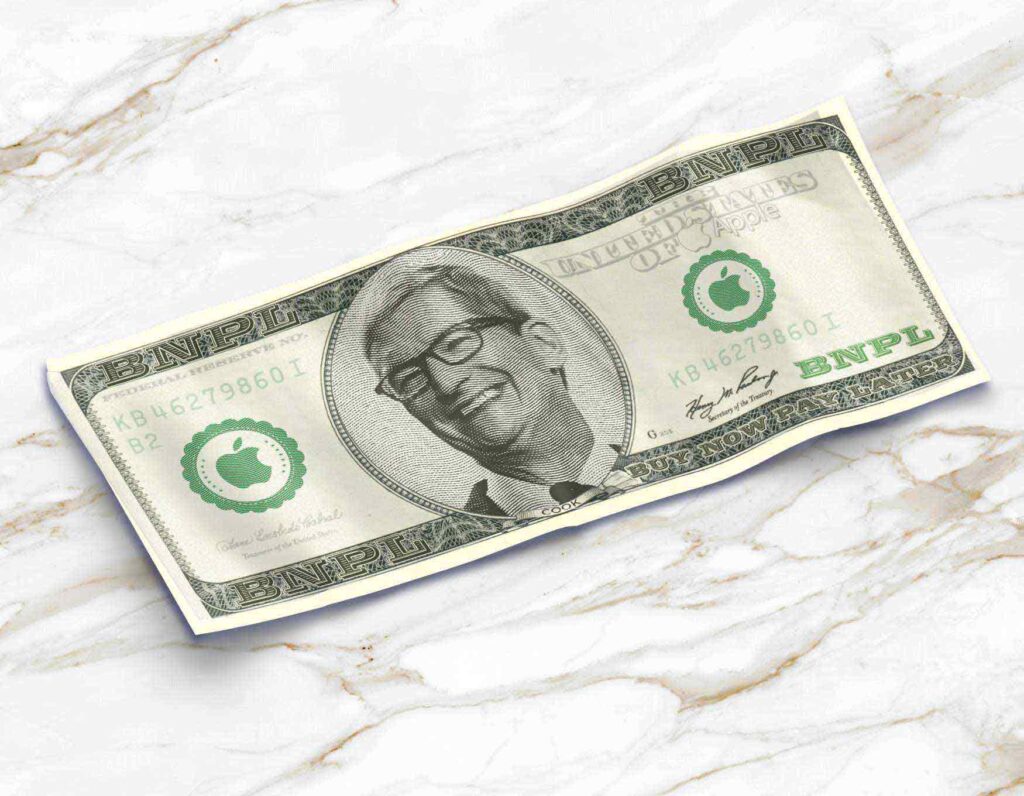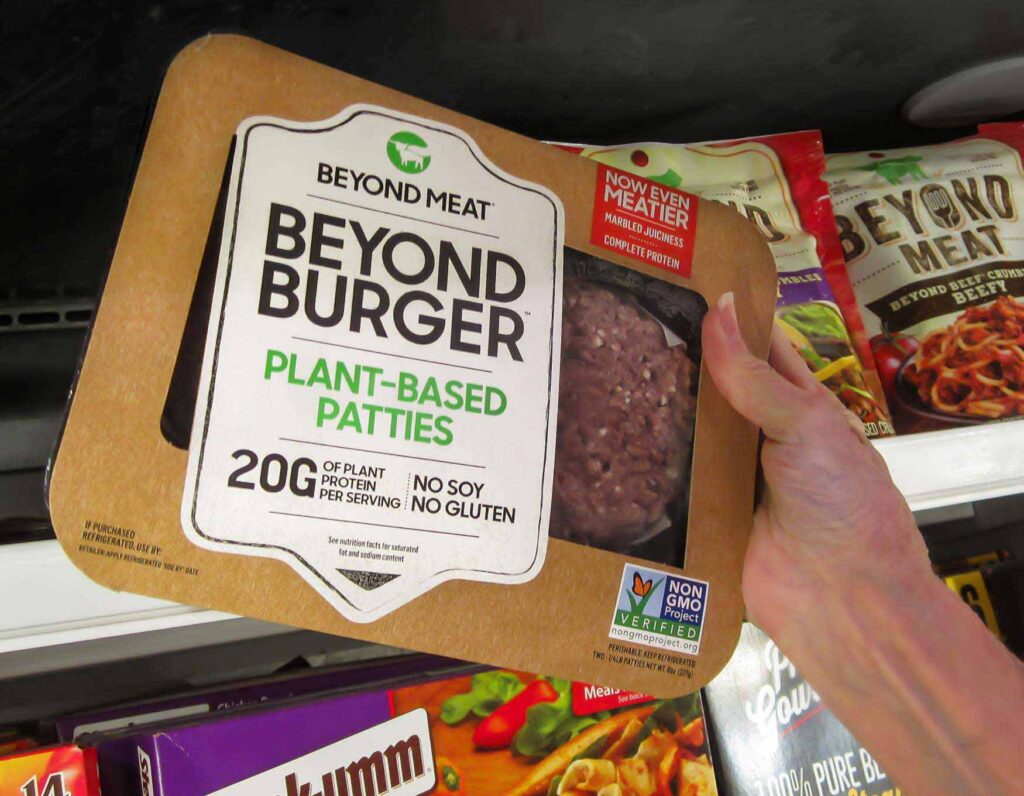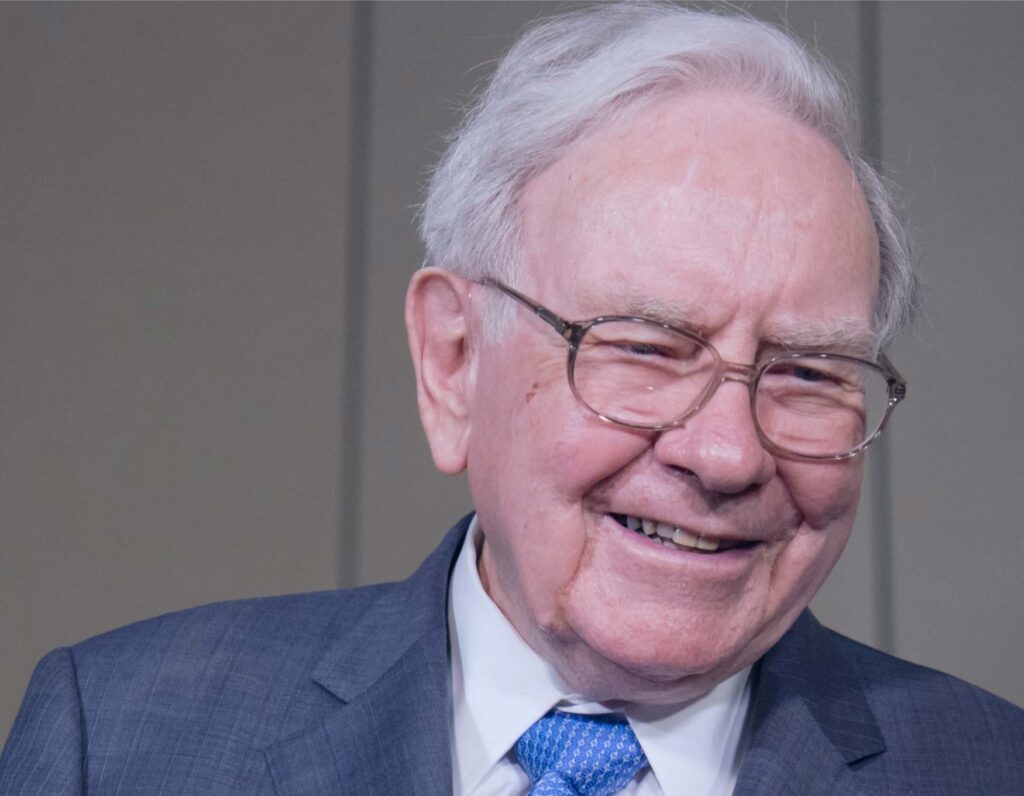Scan this article:
Hey Superheroes,
The S&P 500 and Dow Jones saw their worst single-day falls last night since 2020 while the Nasdaq shed more than 6%. The VIX index jumped by nearly 40% in a single day, marking yesterday as one of 10 highest one-day jumps over the last decade. The Magnificent Seven lost a total US$1.03 trillion in market value with Apple, Amazon, Meta and Nvidia all plunging by over 8%.
Here in Australia, the ASX 200 wasn’t spared either. The index slipped below 7,700 points for the first time since August 2024, erasing more than A$180 billion in market value across two trading sessions.
And in classic flight-to-safety fashion, gold prices surged to a new record high of US$3,100/oz as investors scrambled for cover.
This week’s biggest topic – the story that sent markets plunging.
Trump’s Tariffs: Everything investors need to know
You’ve probably already heard – President Donald Trump’s tariff plan was officially publicised this week.
He announced a sweeping 10% blanket tariff on all imports into the U.S., alongside even higher rates on key trade partners. They’re set to come into effect on 9 April 2025.
Countries with tariffs on U.S. goods are among those that got hit hardest as Trump aimed to hit back with reciprocal tariffs.
📊 Who’s getting hit hardest?
China is bearing the brunt with Trump slapping an additional 34% tariff on Chinese goods (on top of the existing 20%), bringing the total tariff rate to 54%. The duty-free exemption for small parcels from China is also set to end – a move likely to hit low-cost shipments from popular e-commerce giants like Shein and Temu.
Many Southeast Asian countries were among those hit hardest – sparking concerns on cost-of-living given the region’s higher poverty rate.
Here are the countries with the 10 highest tariff rates:
- China: 54%
- Cambodia: 49%
- Vietnam: 46%
- Sri Lanka: 44%
- Bangladesh: 37%
- Thailand: 36%
- Taiwan: 32%
- Indonesia: 32%
- Switzerland: 31%
- South Africa: 30%
🇦🇺 Impact on Australia
Australia has also been caught in the crossfire despite its longstanding Free Trade Agreement with the U.S.
The blanket 10% tariff applies to all Aussie goods, plus adds to previous tariffs that exports like beef and commodities had already been subject to.
These tariffs would mainly affect American consumers rather than Aussies, but can lead to a slowdown in the broader economy as local producers may be hit with lower international demand, particularly those with heavy U.S. exposure.
On the bright side, it’s estimated that only 4% of Australian exports actually go to the U.S. Similarly reciprocal tariffs wouldn’t apply to goods like copper, lumber, pharmaceuticals, semiconductors and other minerals not available in the U.S.
⚠️ Inflation risks and rate cut bets
Unlike the last trade war, this one’s hitting at a precarious time. Inflation remains sticky, growth is slowing and central banks are already walking a fine line.
Analysts now expect the RBA may need to cut rates up to four times this year, with the first one as early as next month, if tariffs fuel imported inflation and weigh on demand. The most recent RBA rate decision was published this Tuesday – the central bank kept the cash rate at 4.10%.
Meanwhile the Aussie dollar fell to around US63¢ on the back of the announcement.
🔎 What investors can consider
Trade wars aren’t new — but they can change the rules of the game. Here’s what investors might want to keep in mind:
- Companies with local supply chains may be less exposed: Firms less exposed to global logistics and tariffs may be better placed than their counterparts.
- Consider FX-hedged global ETFs: With the AUD weakening and global markets volatile, currency-hedged ETFs can help smooth returns on overseas holdings.
- Look into defensive sectors: Healthcare, consumer staples and utilities have historically outperformed when uncertainty spikes. Their earnings tend to be stable even when economies wobble. Check out our Defensive Equities category in the app.
- Keep an eye on bond proxies: Falling rate expectations could support infrastructure, REITs and utilities – sectors that benefit when yields drop.
- Stay level-headed: Market shocks like this can rattle confidence. Focus on your investment strategy and prevent emotional investing decisions.
🔦 Some other things we’re shining the Spotlight on:
AMAZON’S TIKTOK GAMBLE: Amazon has reportedly made a bid to acquire TikTok’s U.S. operations ahead of a looming U.S. federal ban. The deal could give Amazon a foothold in social commerce. It’s unclear if ByteDance has plans to sell TikTok.
CHIPS JUST GOT CLOSER: Chip giants Intel and TSMC may soon be joining forces. The two have tentatively agreed to form a joint venture focused on building advanced chipmaking facilities in the U.S. The venture is part of a broader push to localise semiconductor manufacturing and reduce reliance on Asian supply chains.
VIRGIN TO TAKEOFF IN JUNE: Virgin Australia has plans to relist on the ASX in June, and has now converted its structure into a public company. The move follows strong FY25 performance and renewed demand for international travel. While the company hasn’t disclosed its IPO valuation, the price Qatar Airways paid for a 25% stake in Virgin last February equated to a $4B valuation.
Keep up to date on the markets by following us on Instagram @superheroau.

Become a part of
our investor community
Why you should join us:
- Join free and invest with no monthly account fees.
- Fund your account in real time with PayID.
- Get investing with brokerage from $2. Other fees may apply for U.S. shares.
Read our latest articles
Make knowledge your superpower and up your skills and know-how with our news, educational tools and resources.




